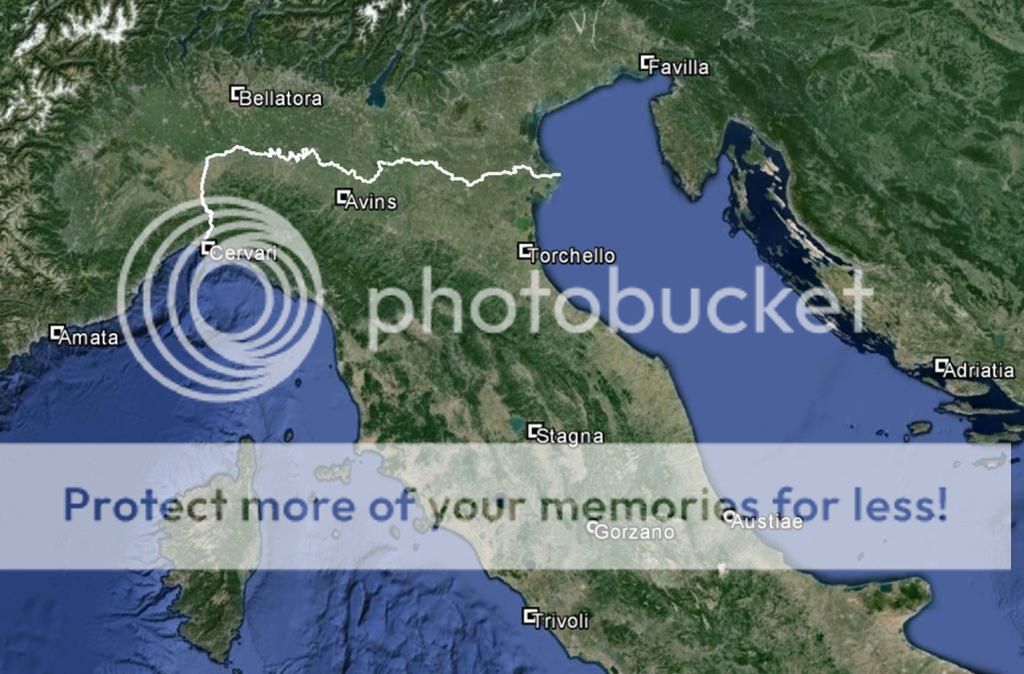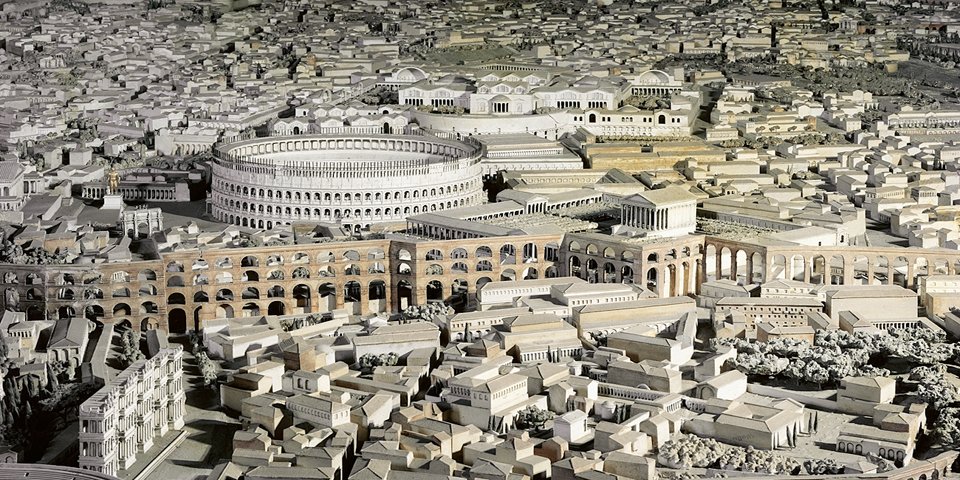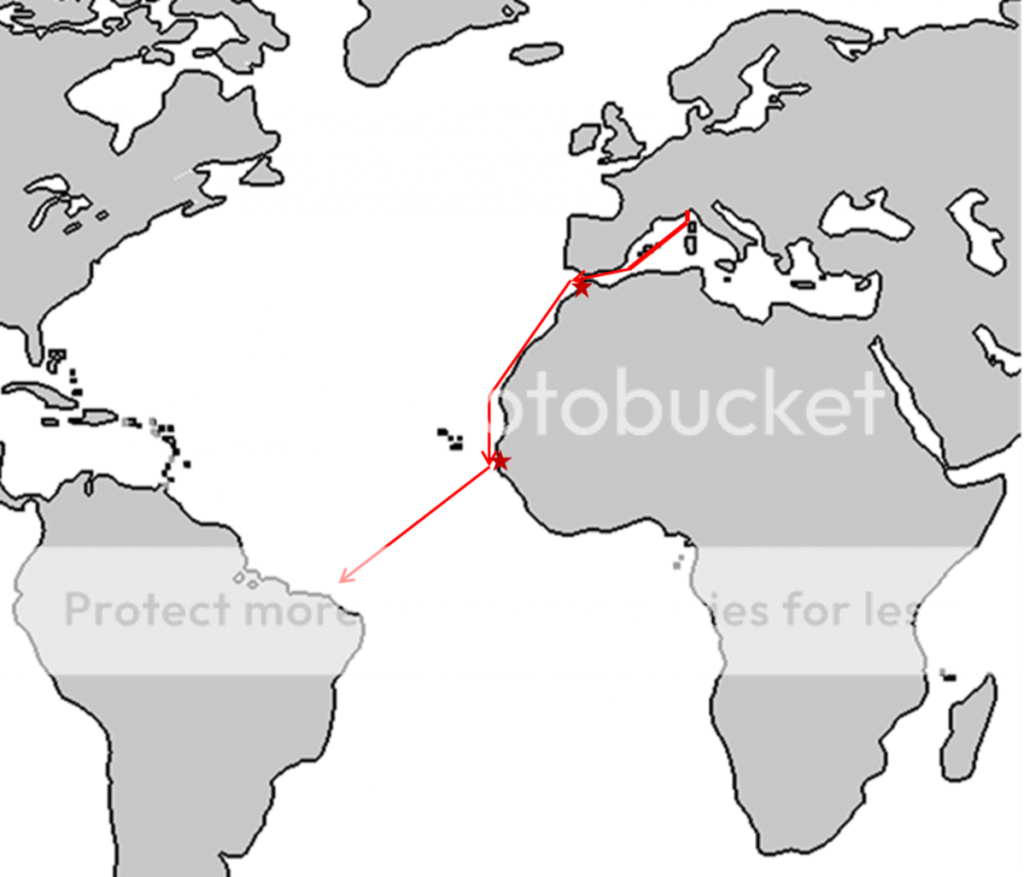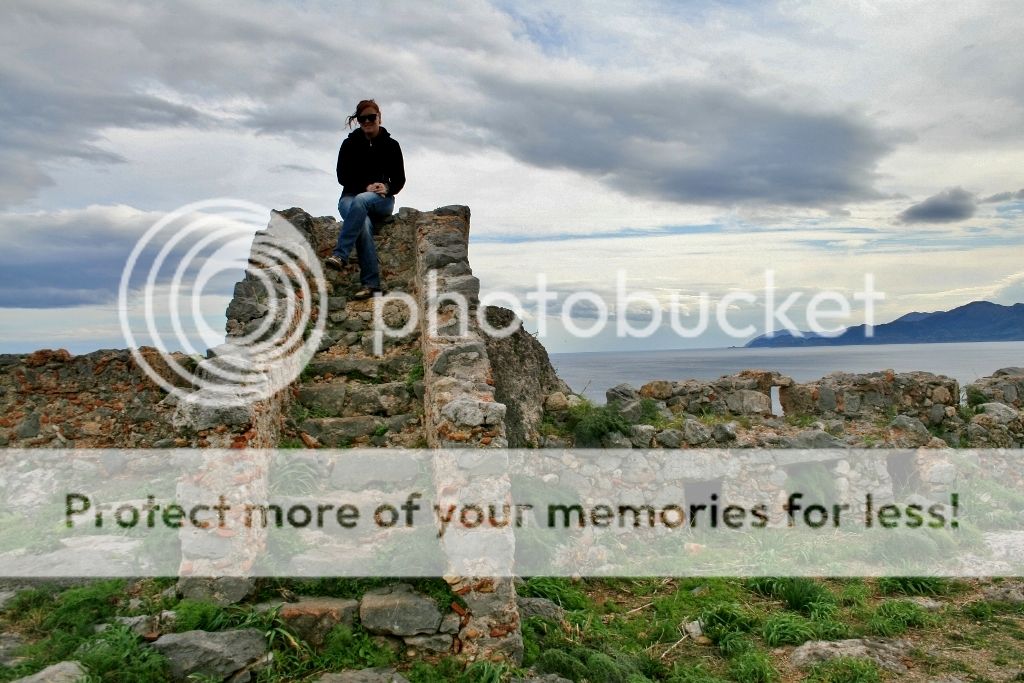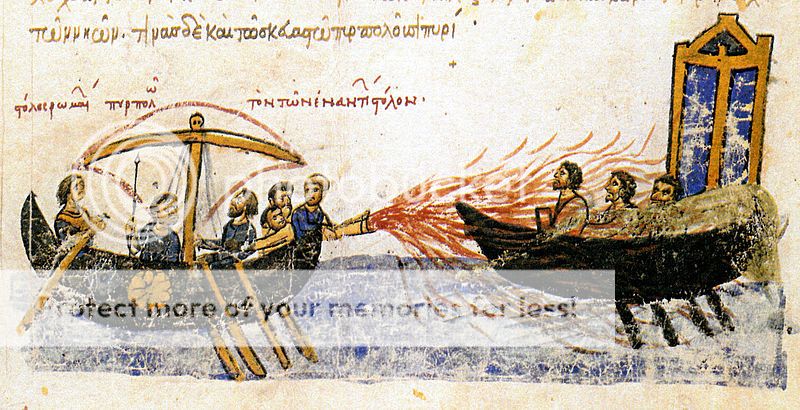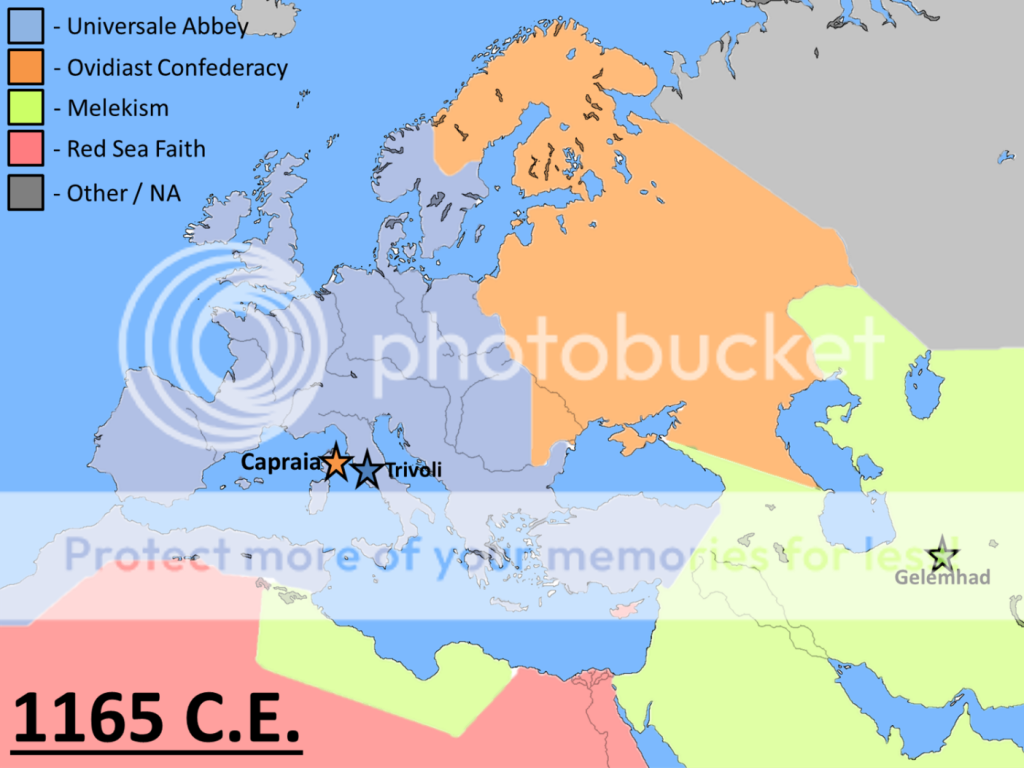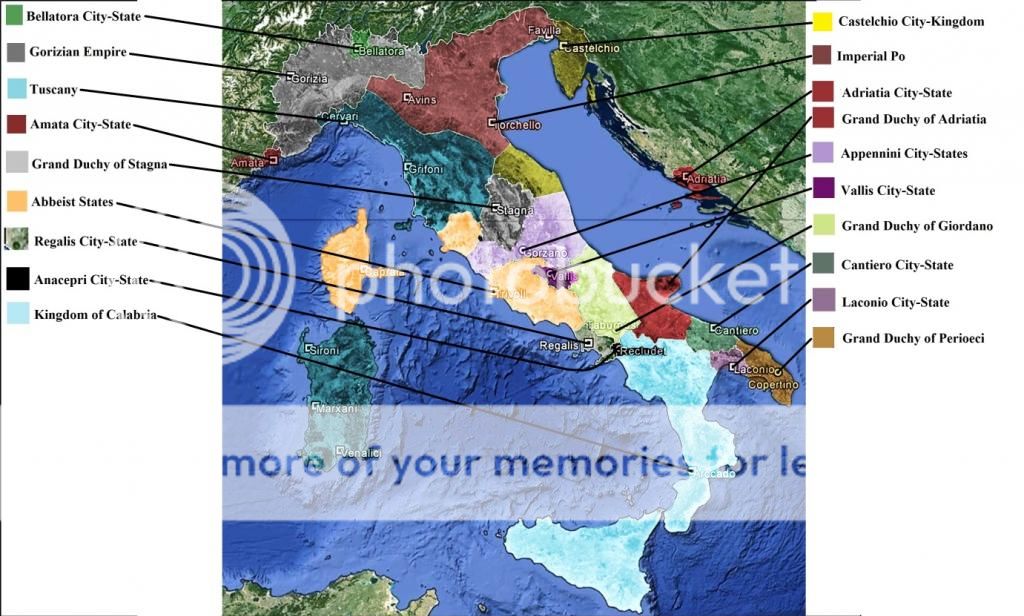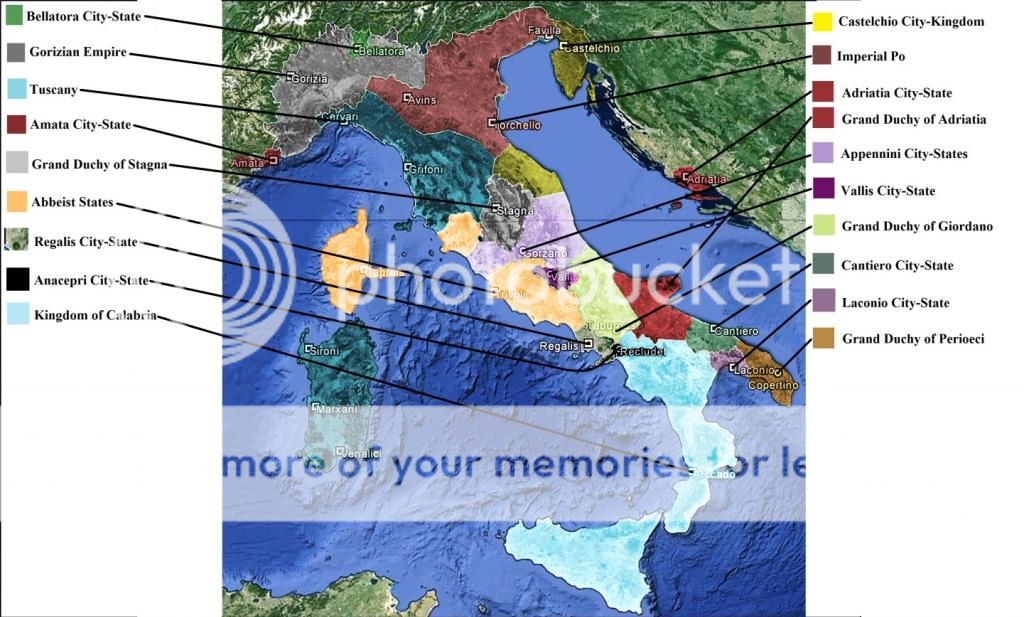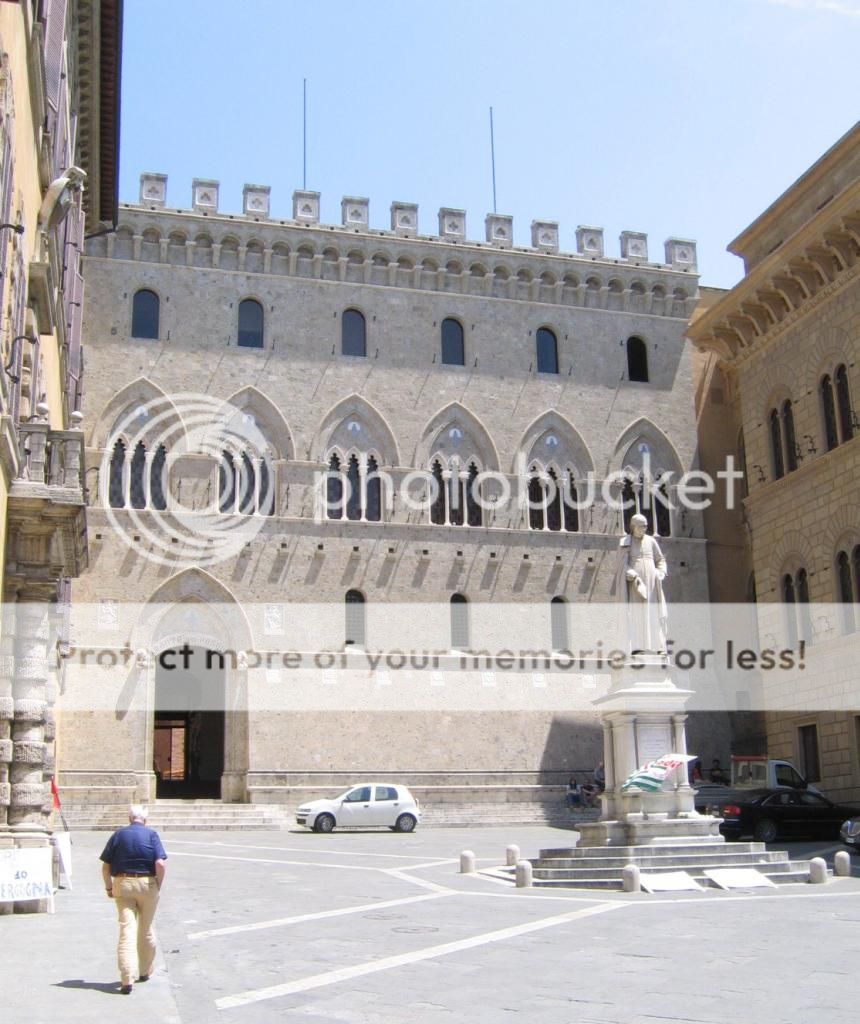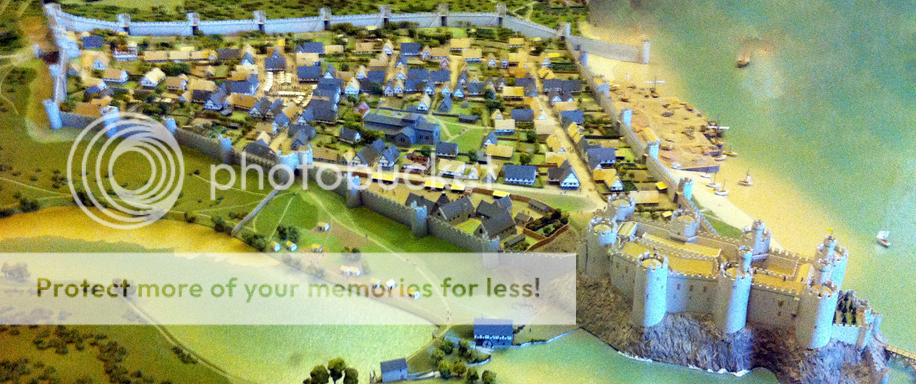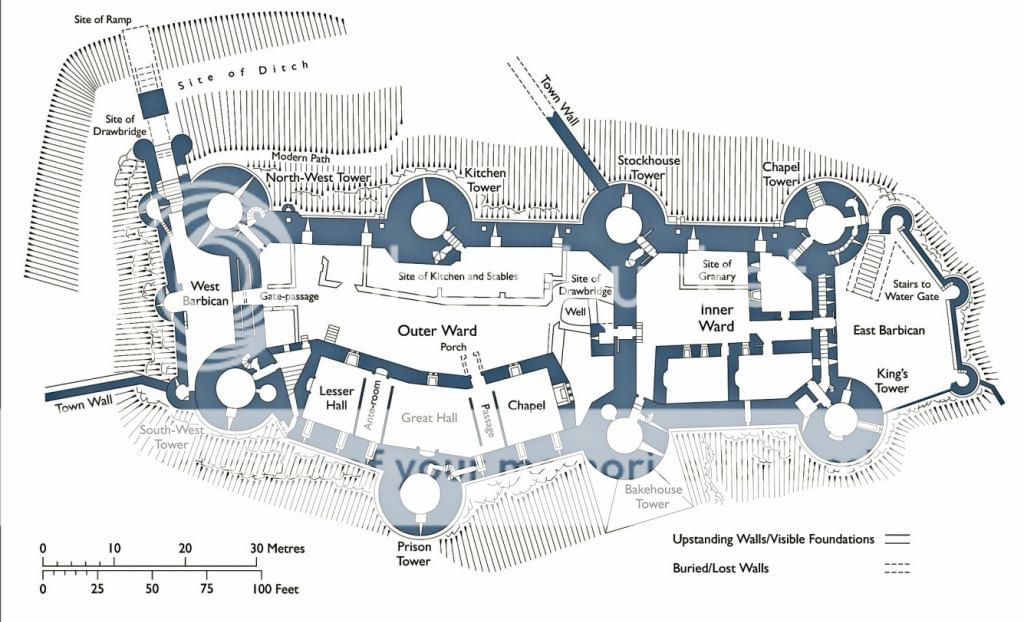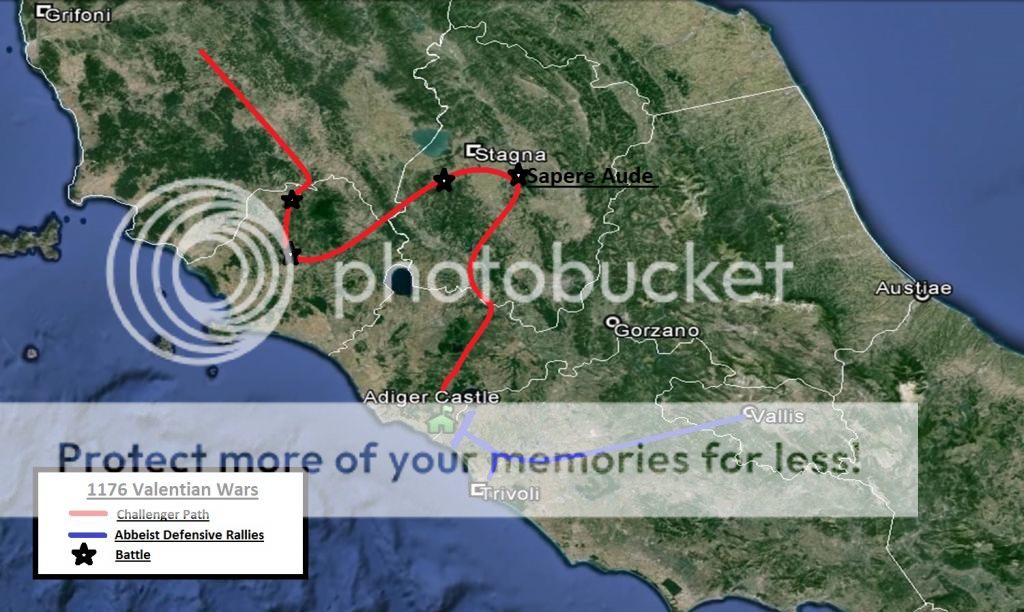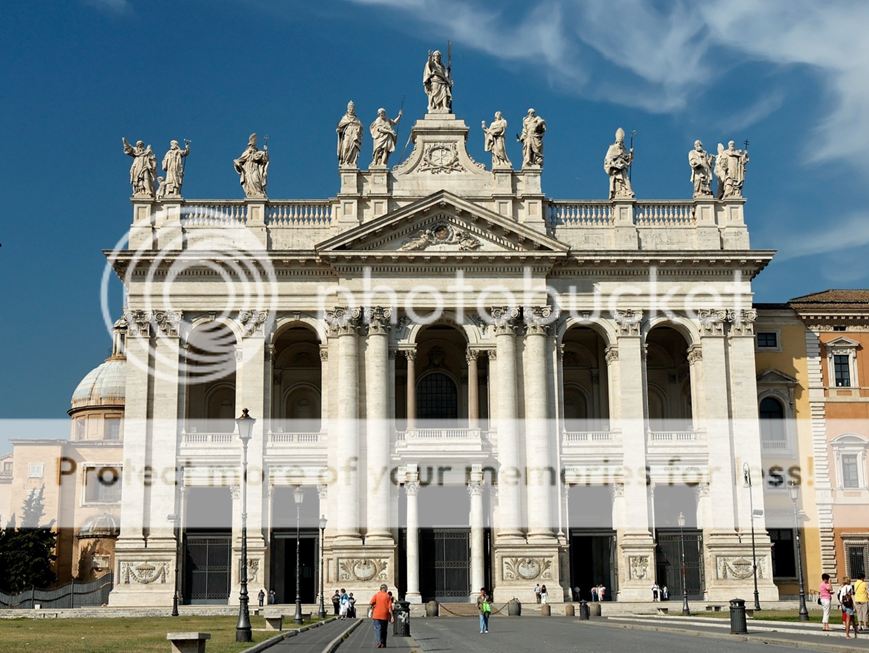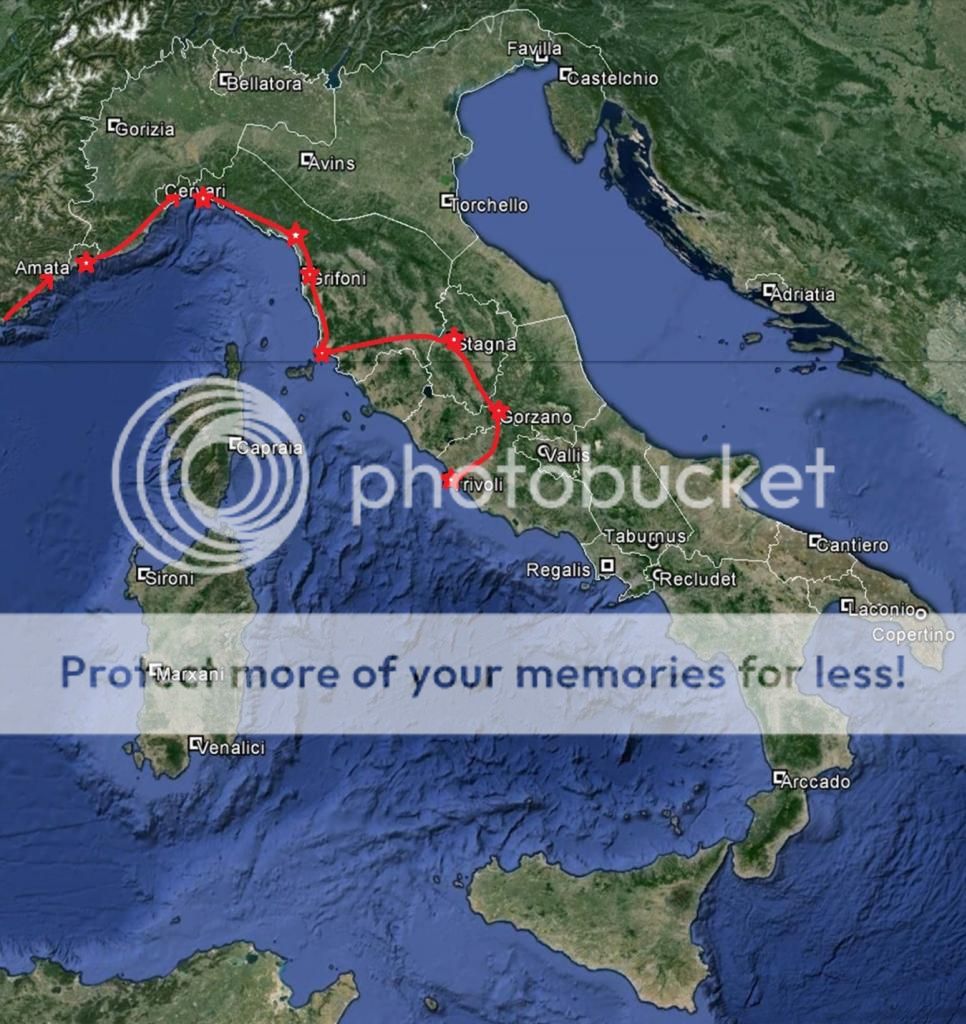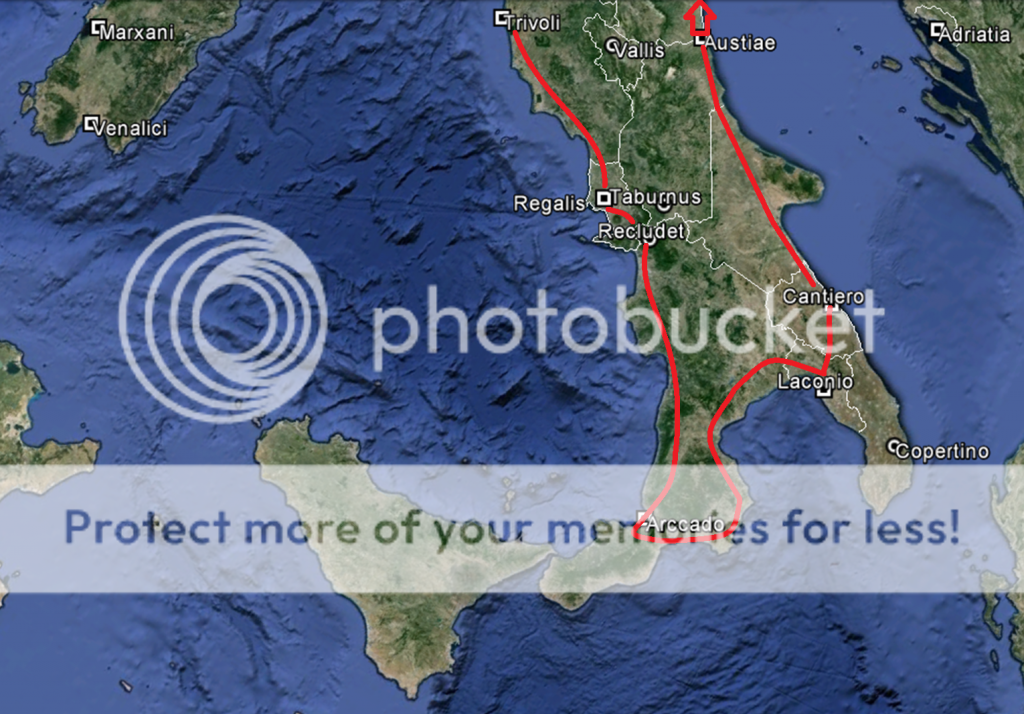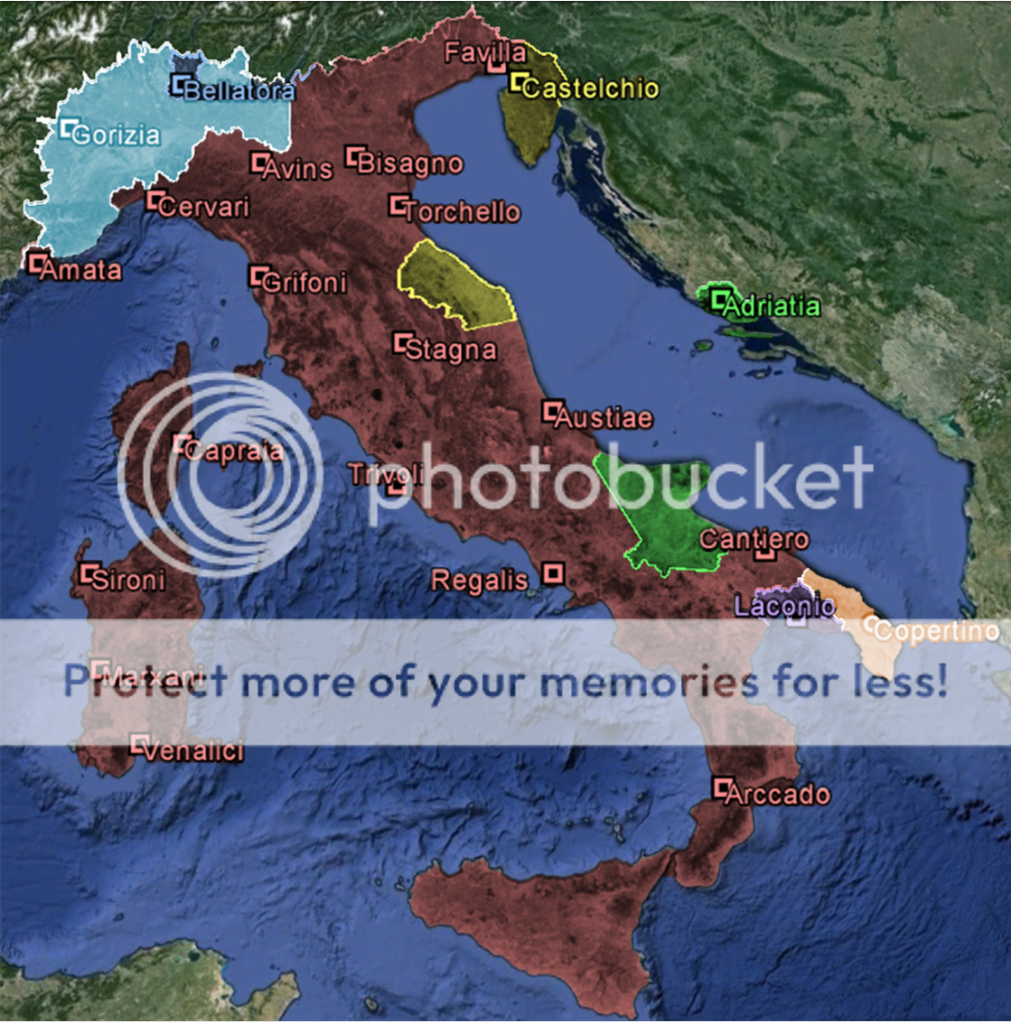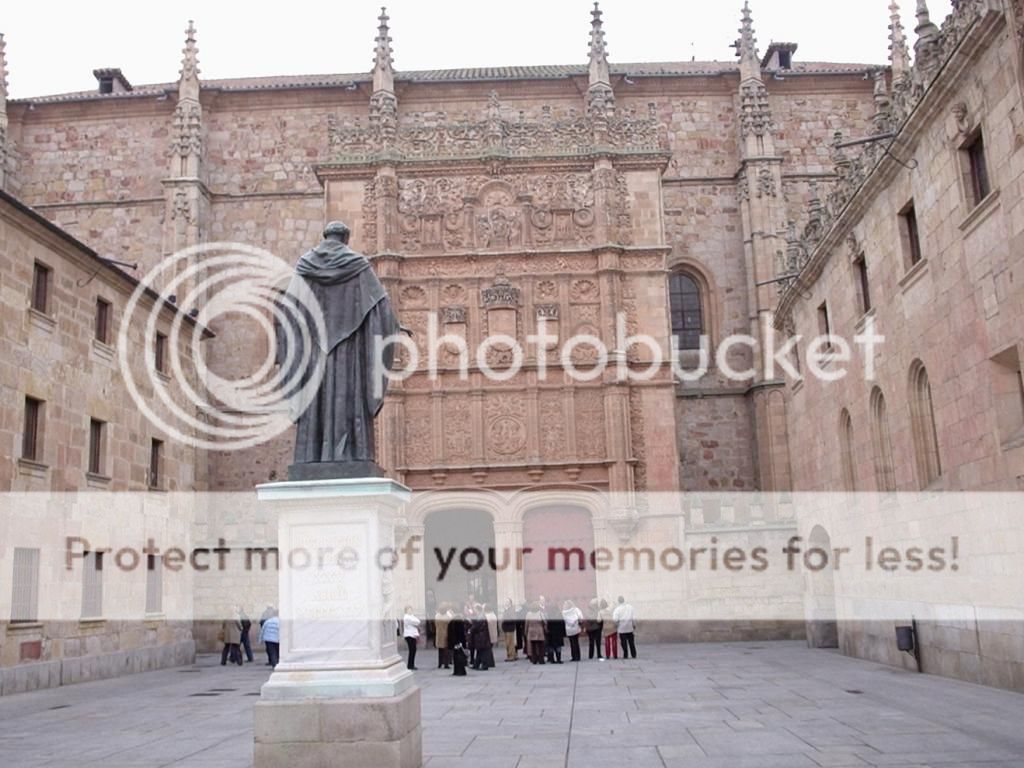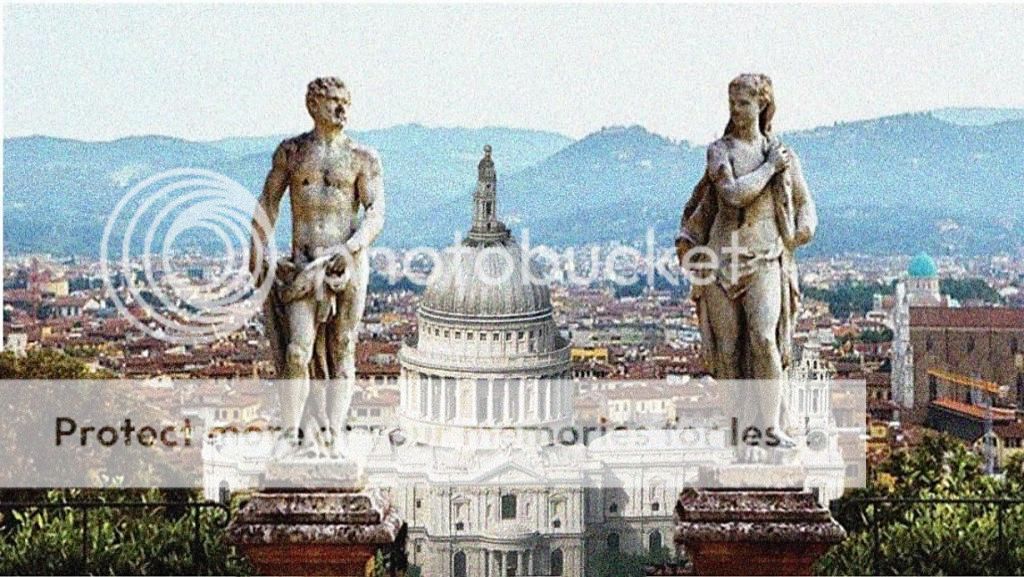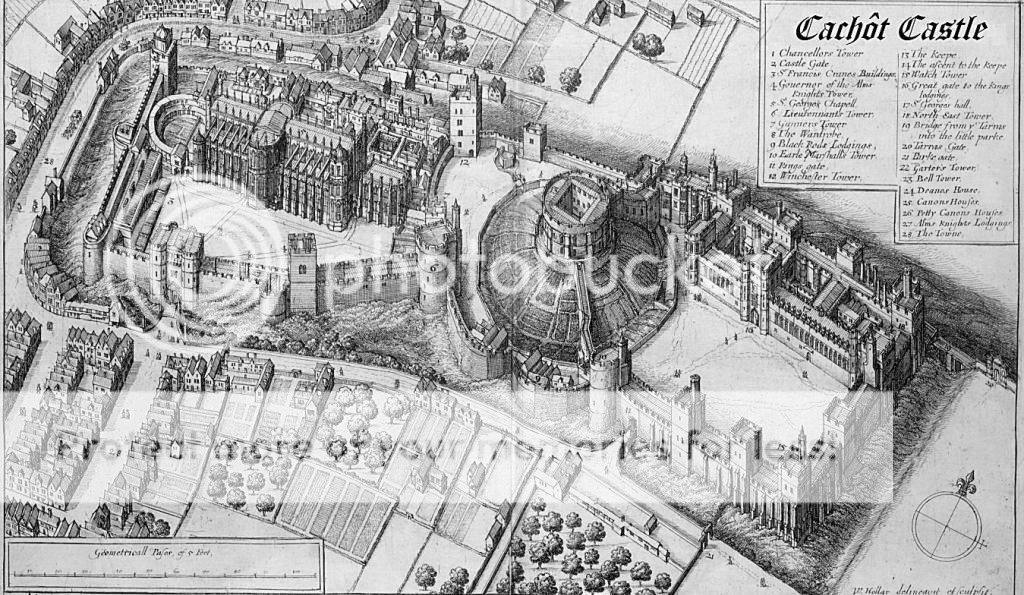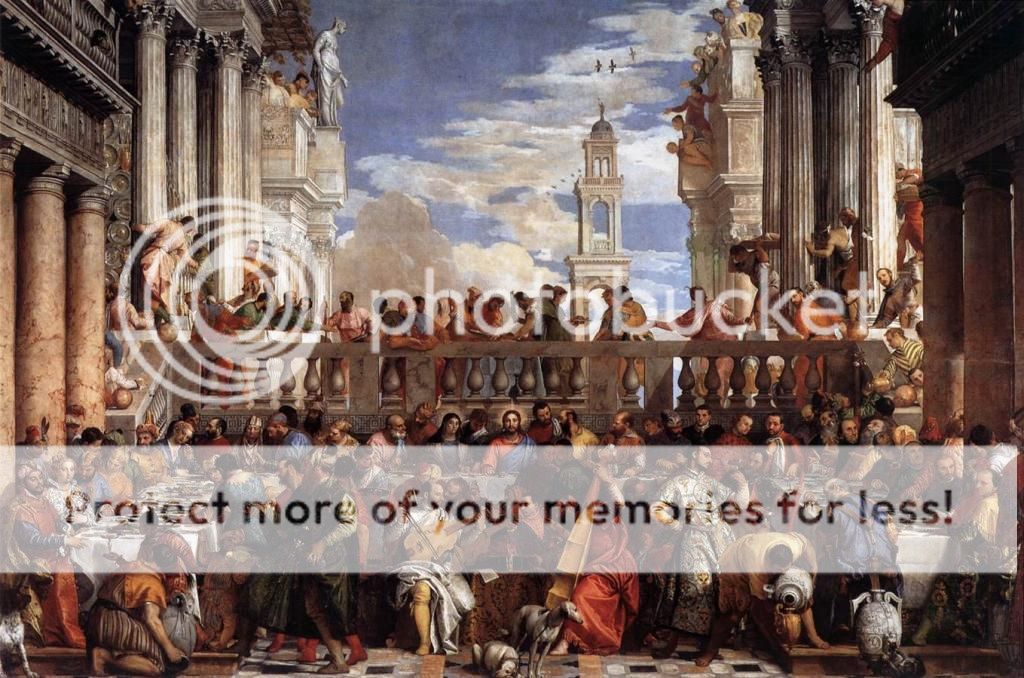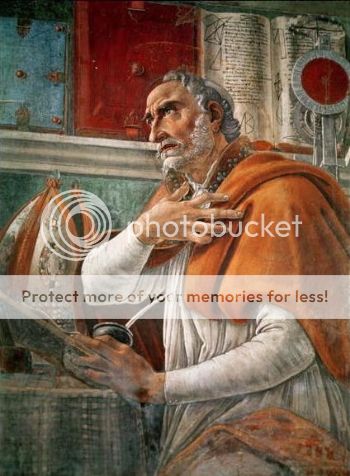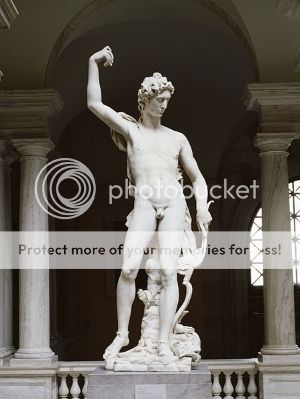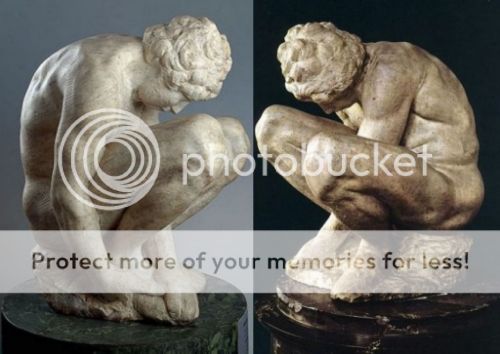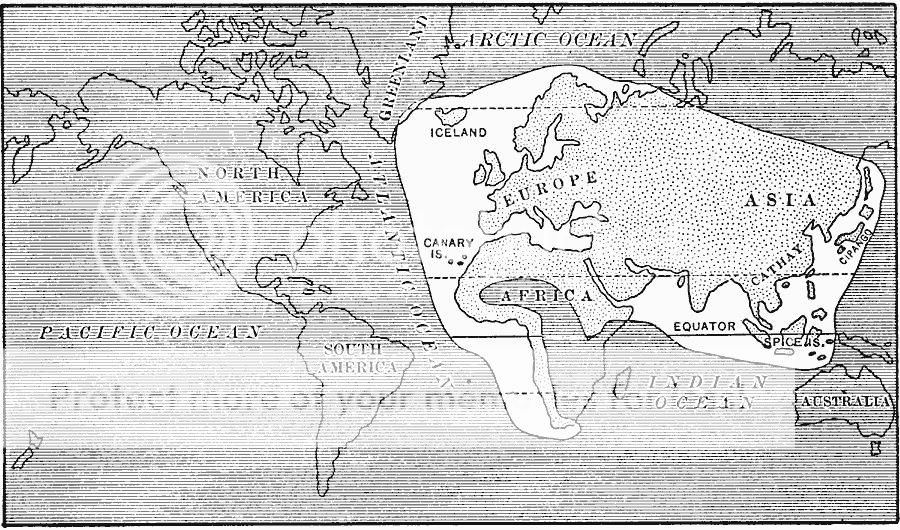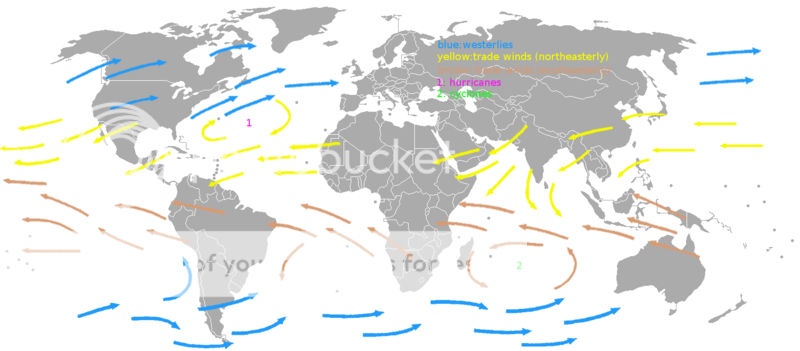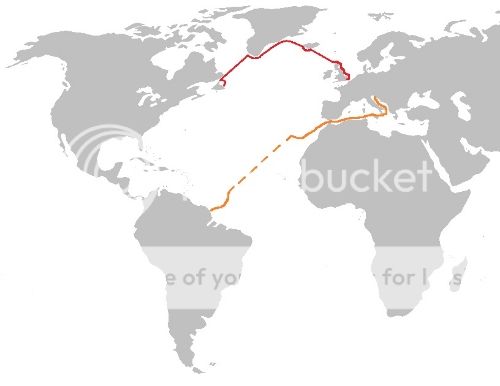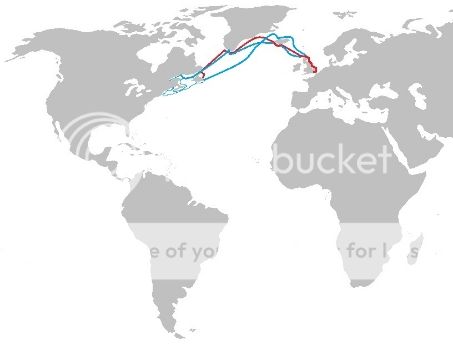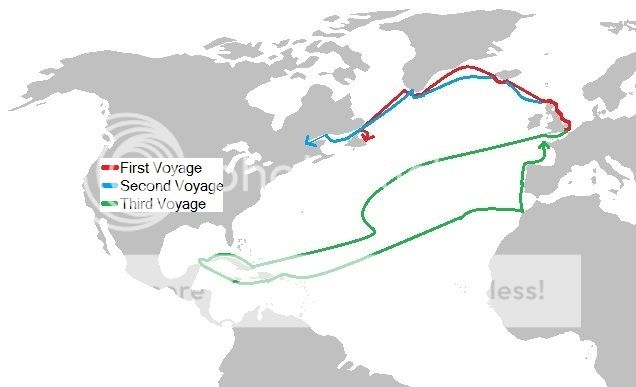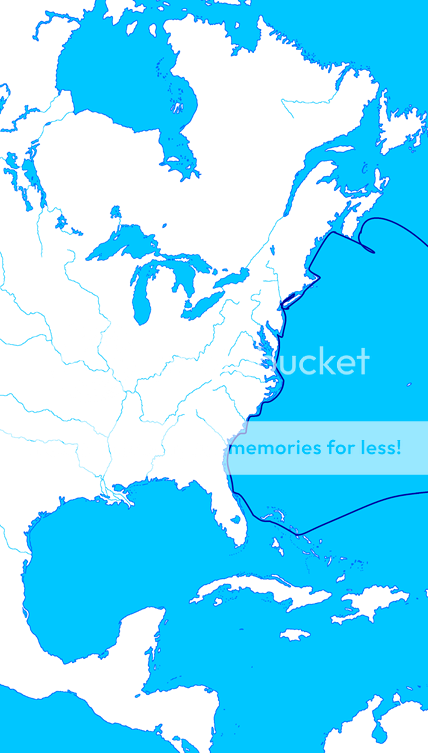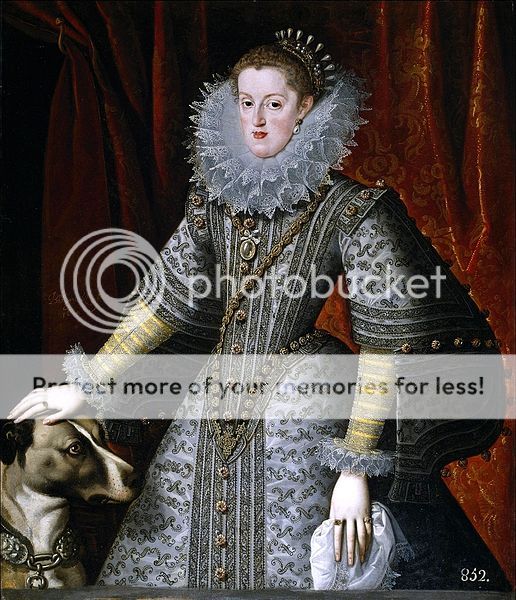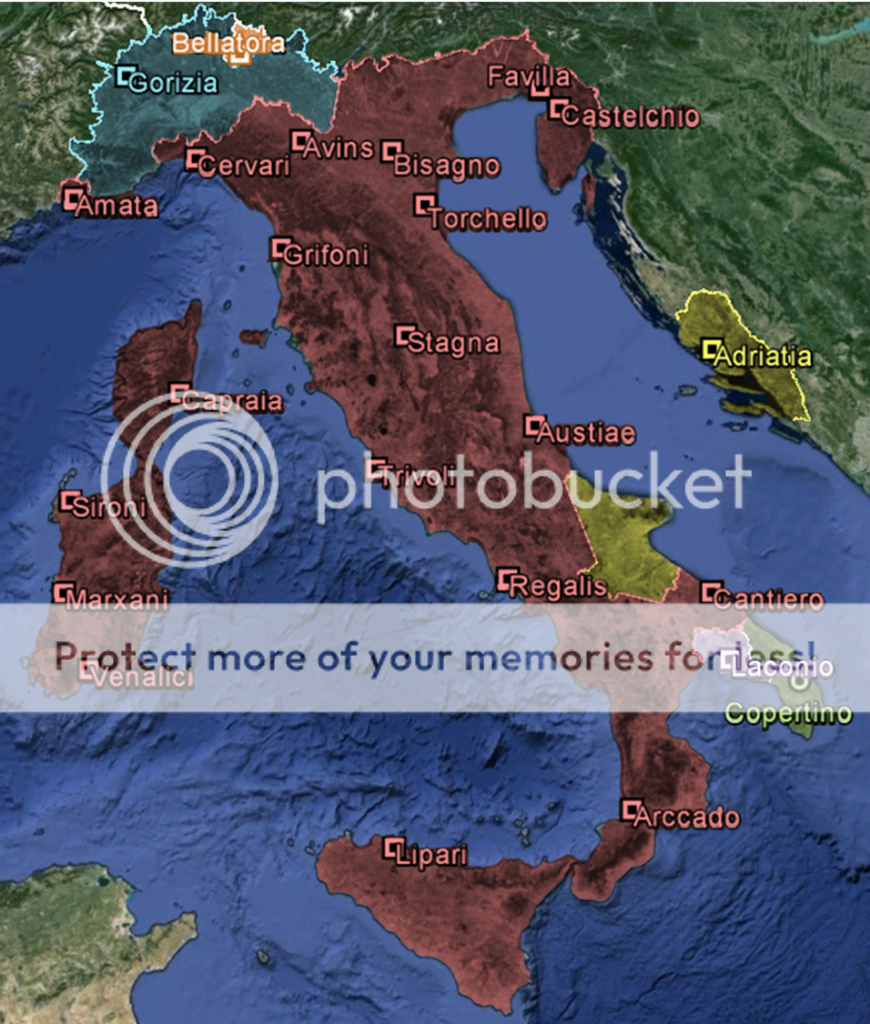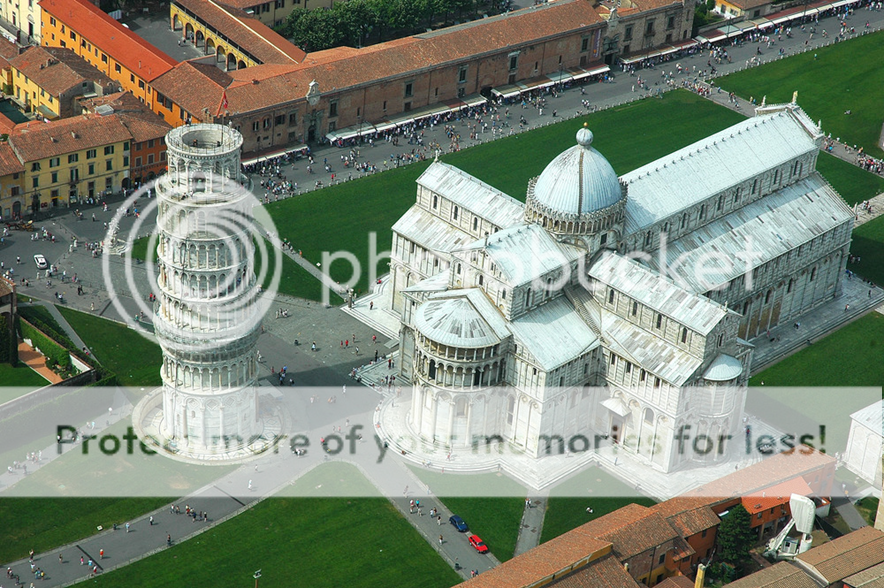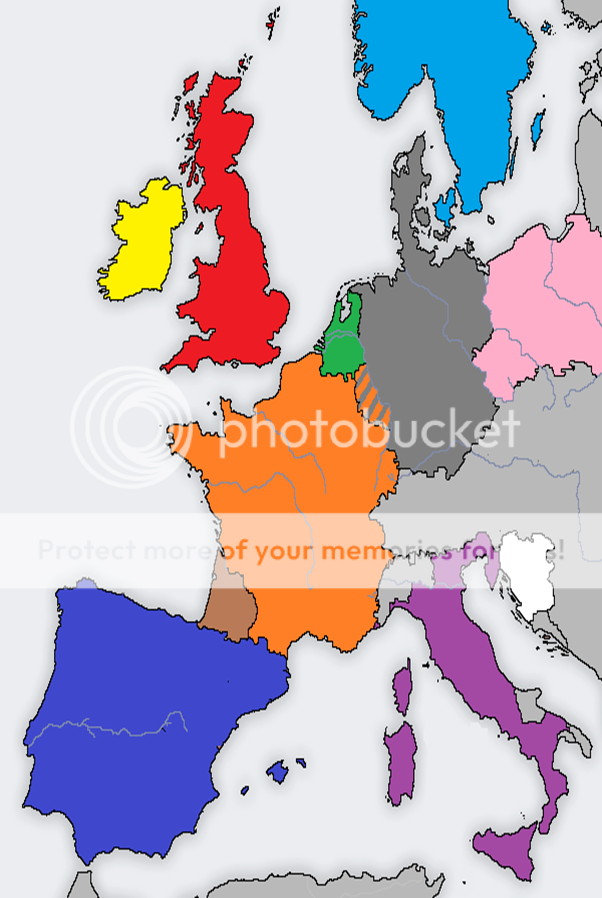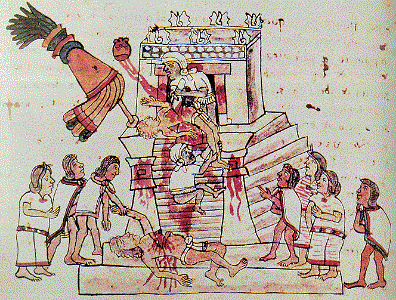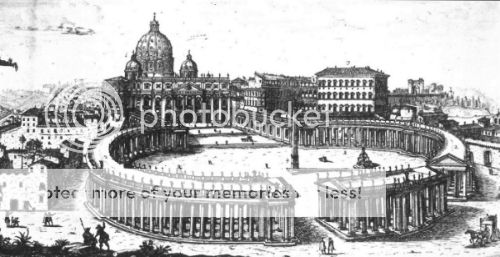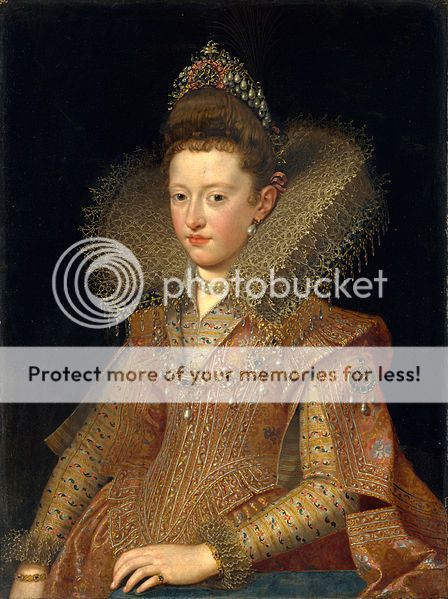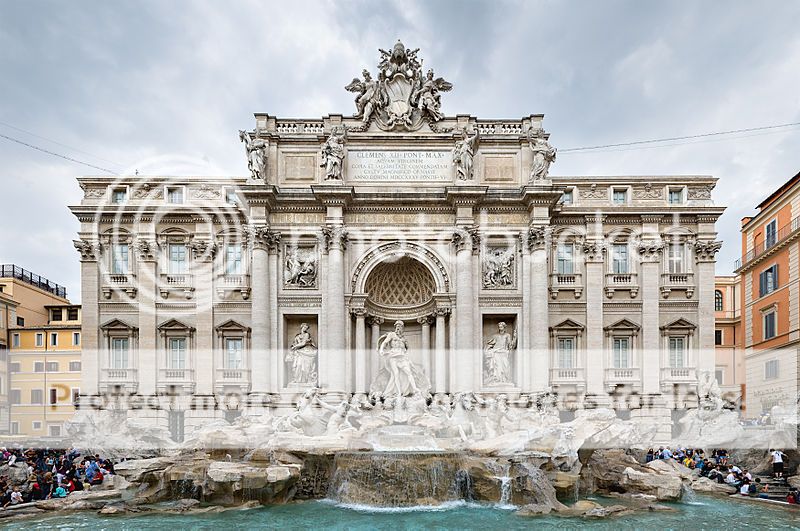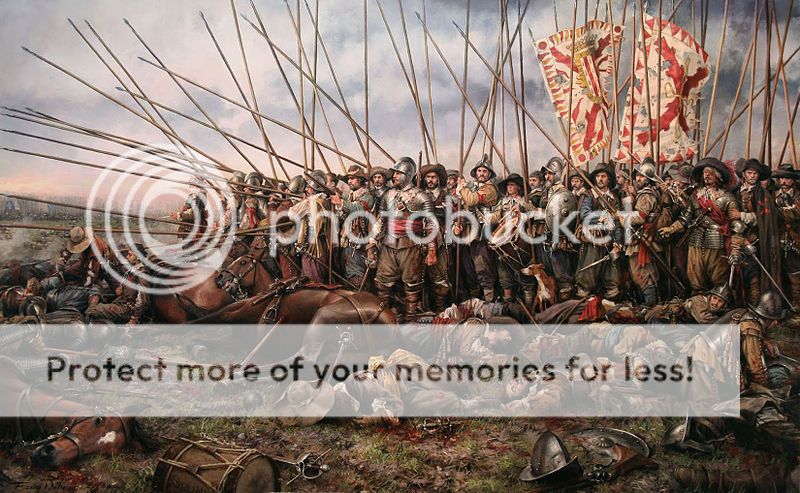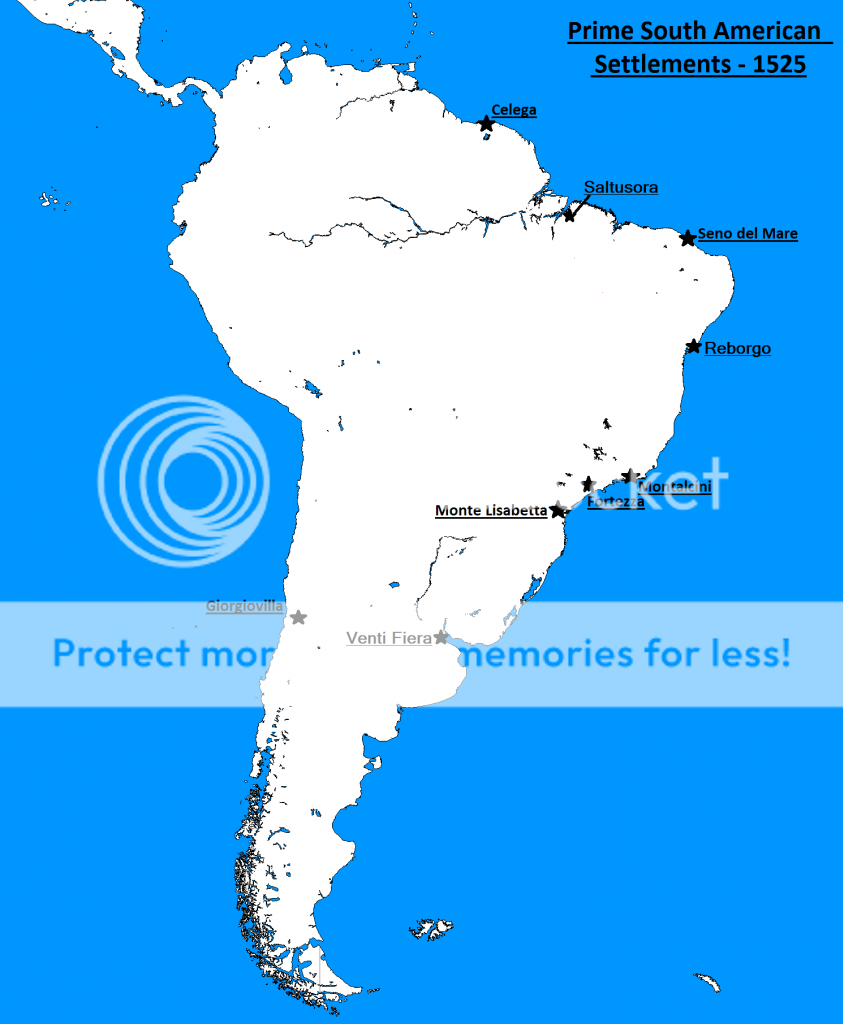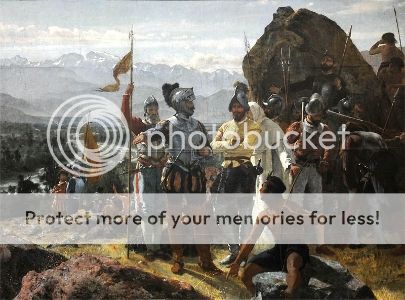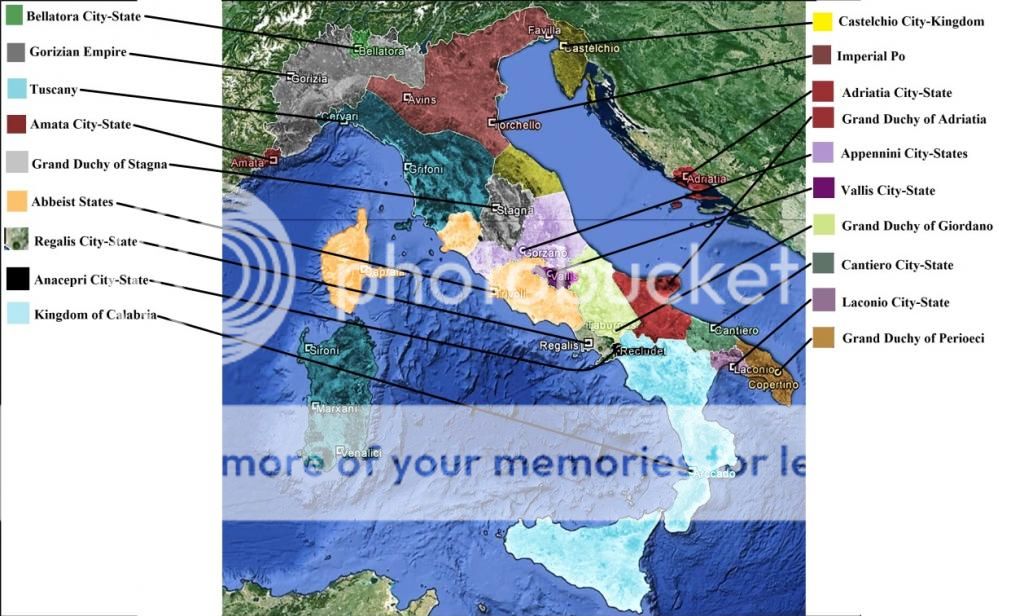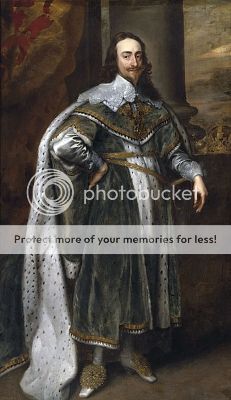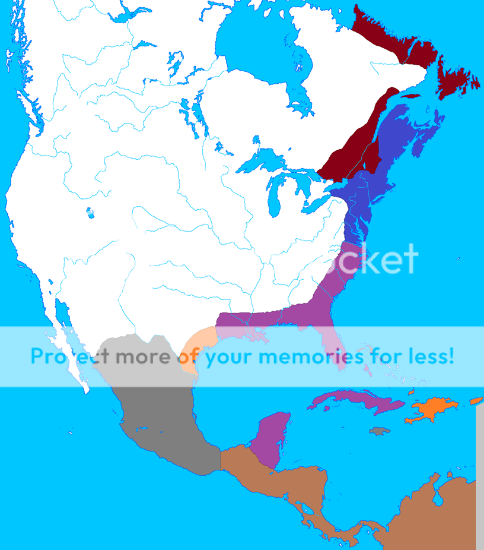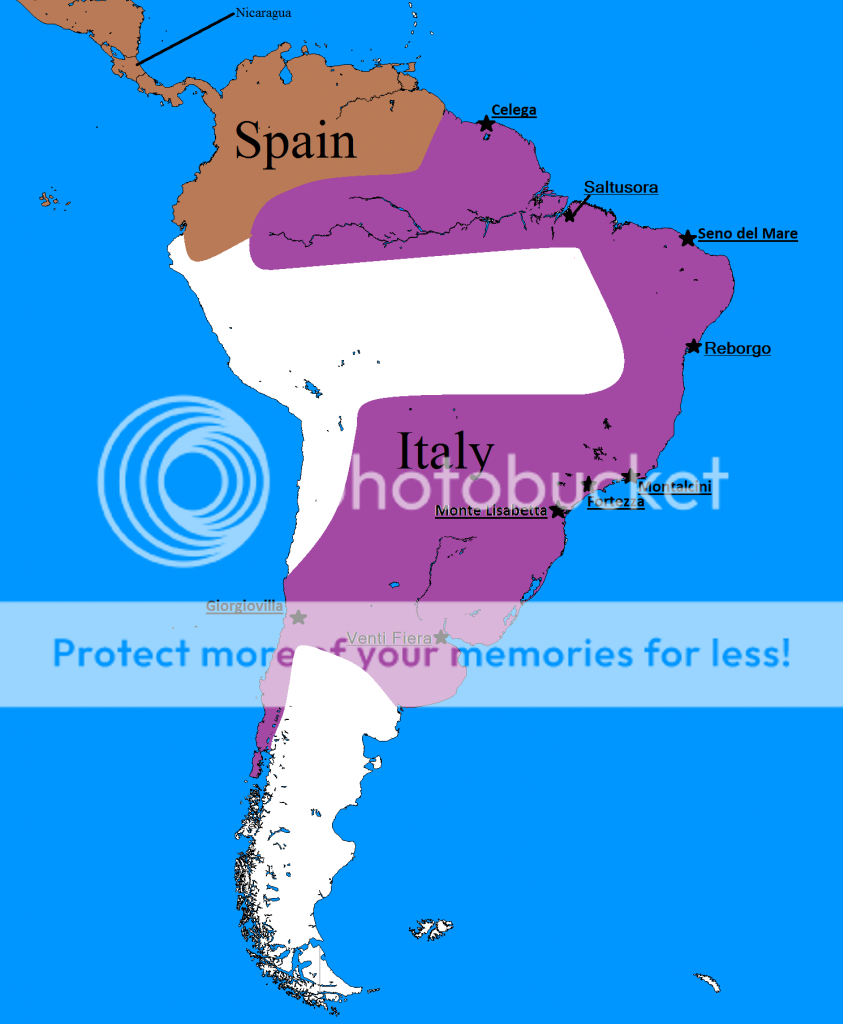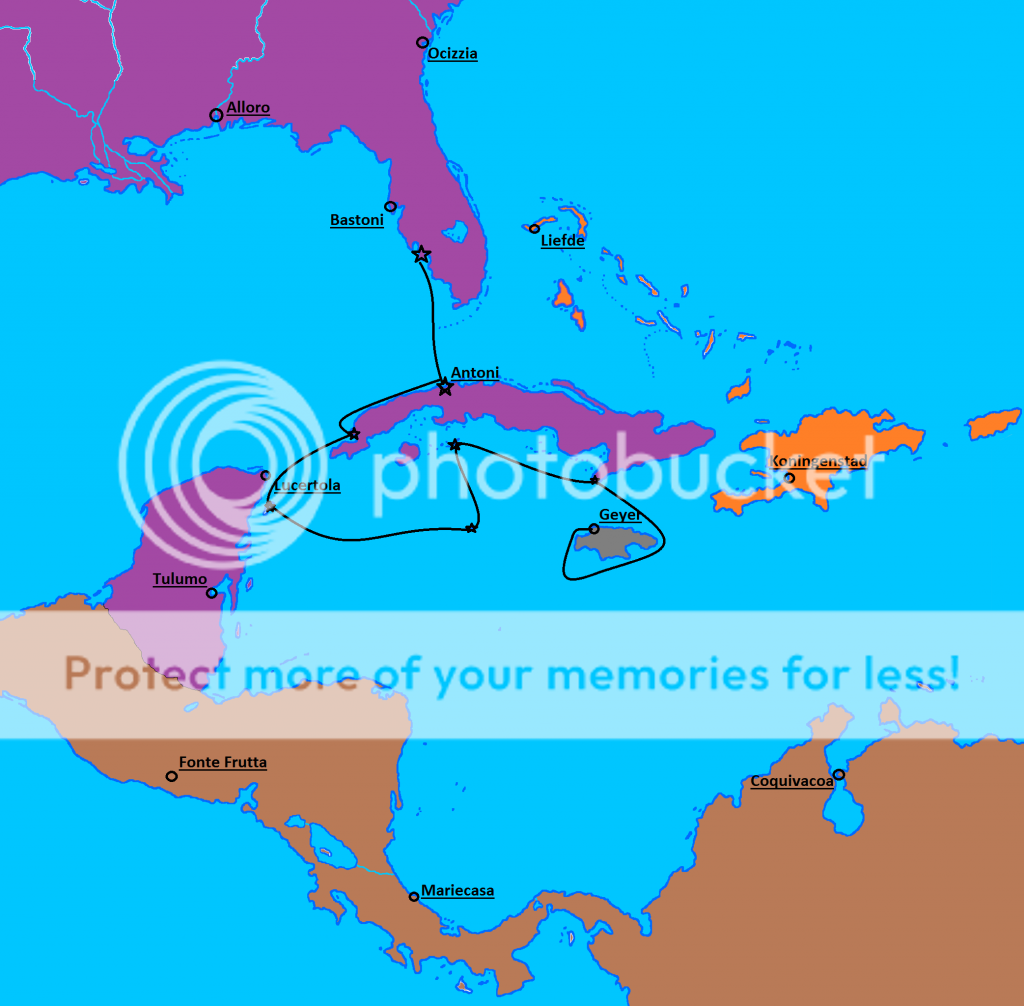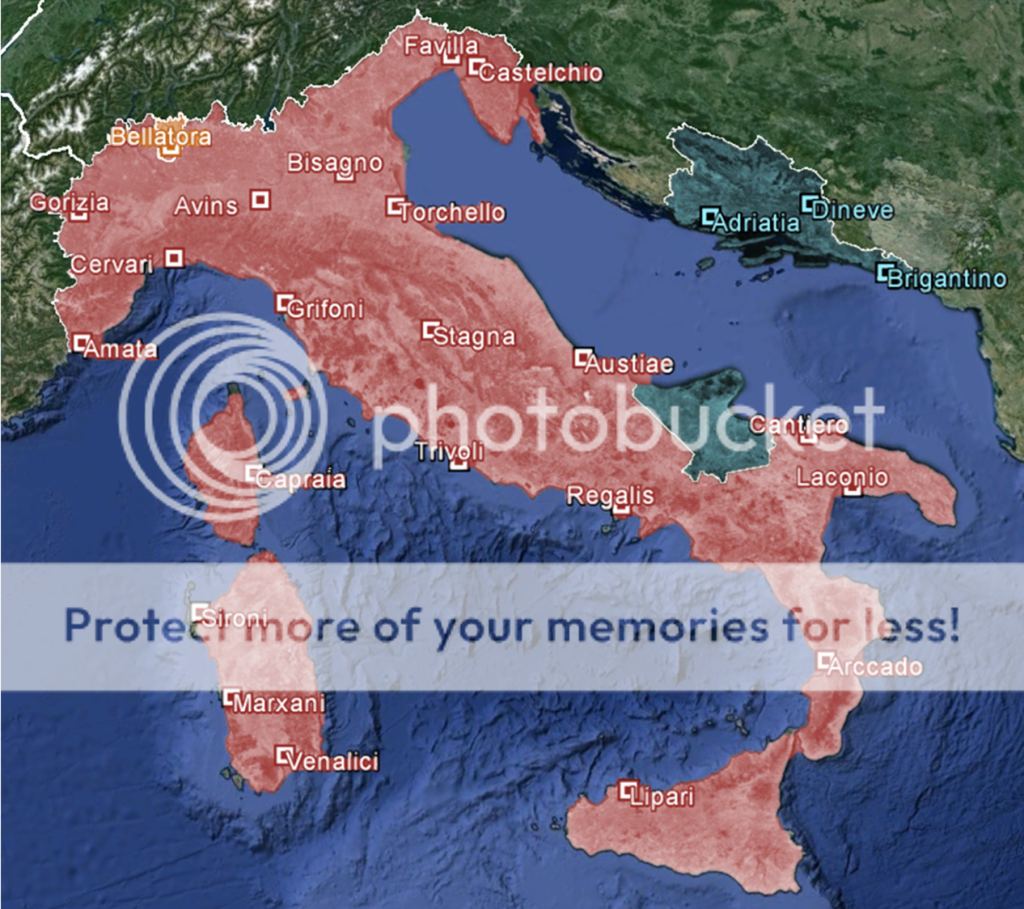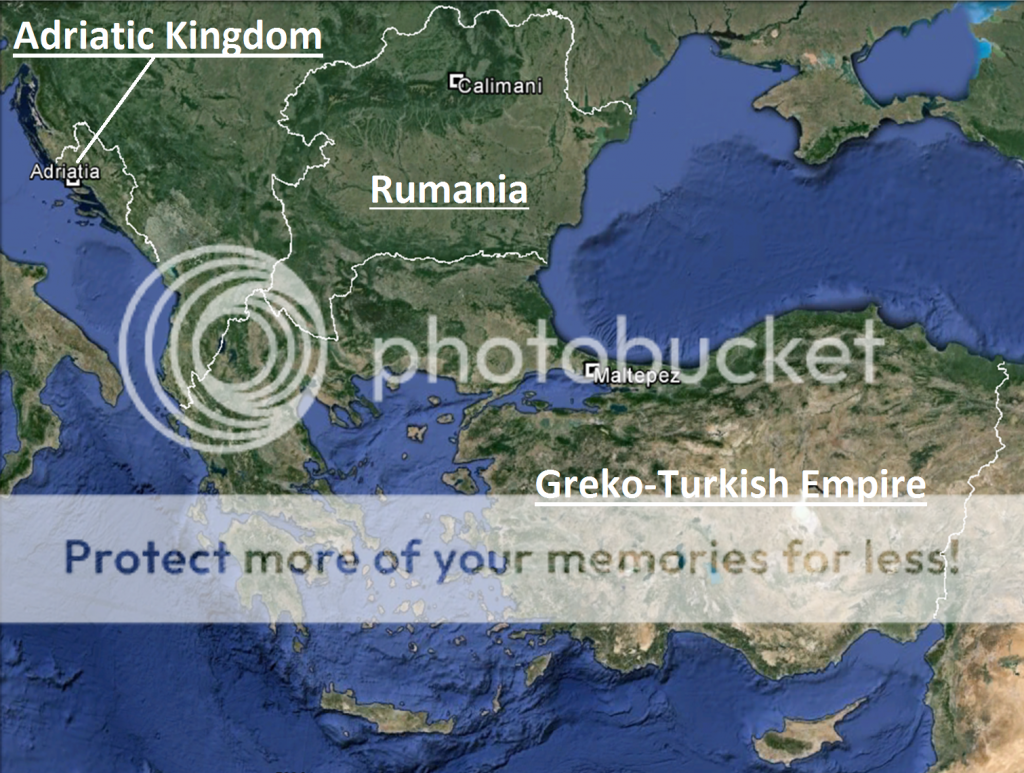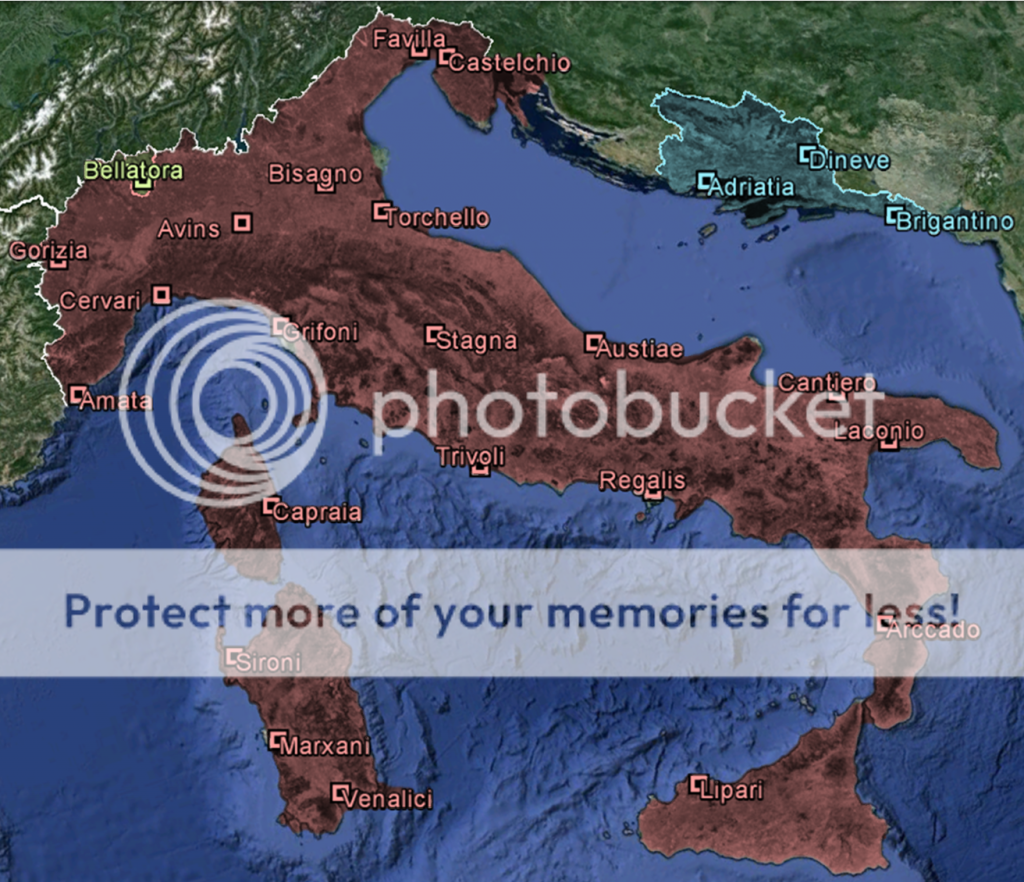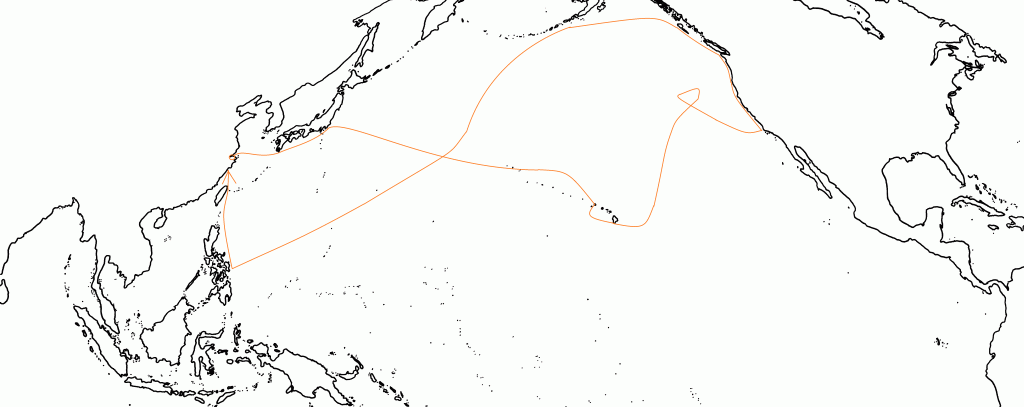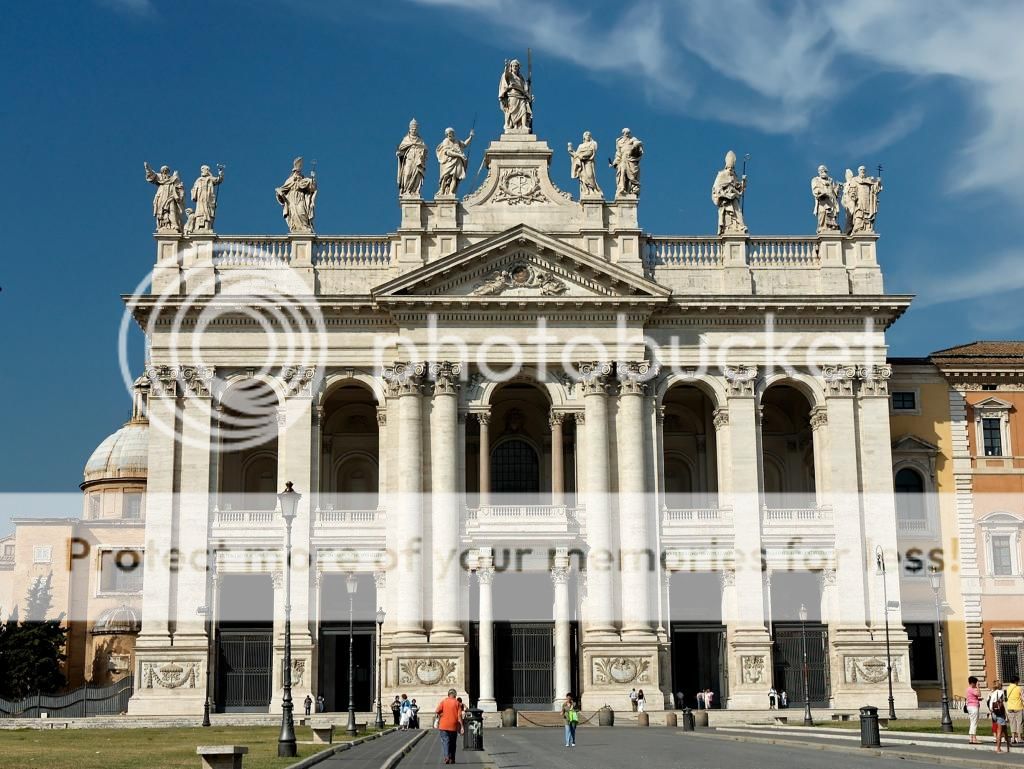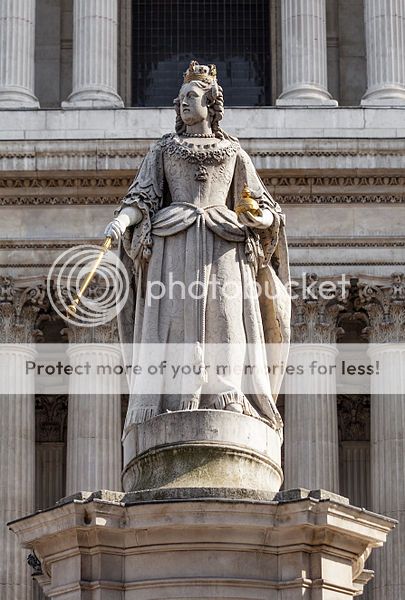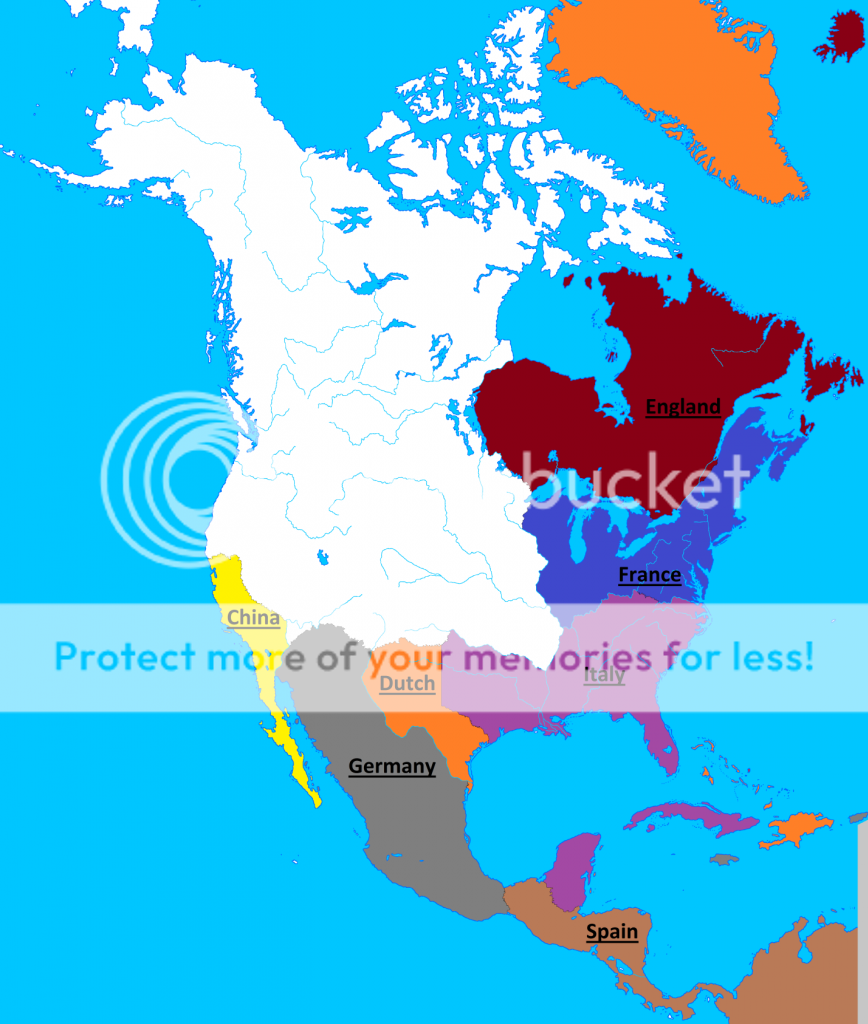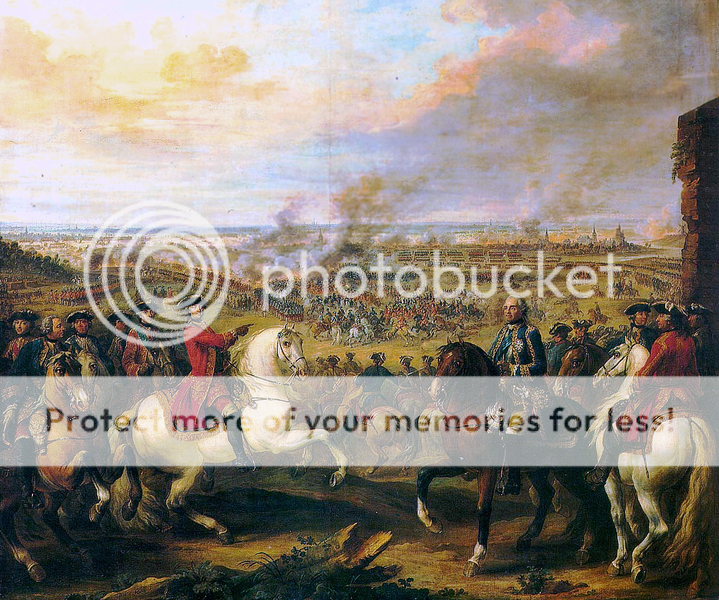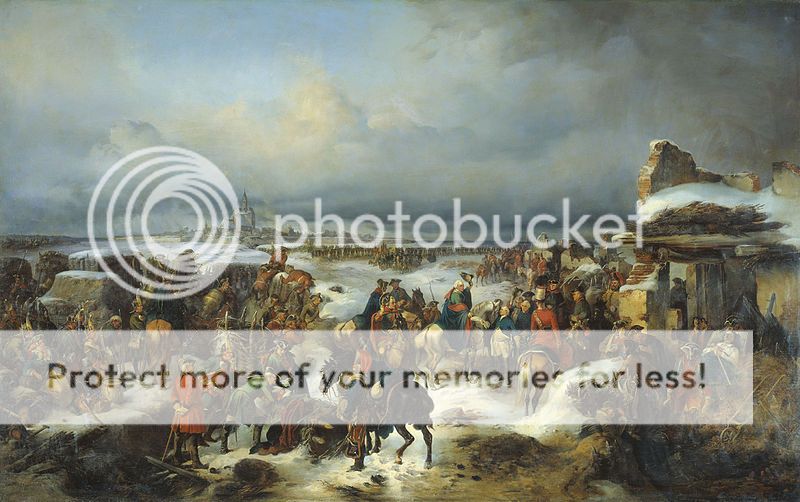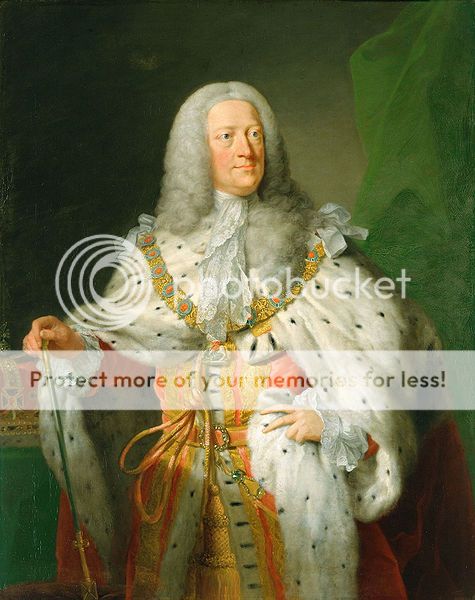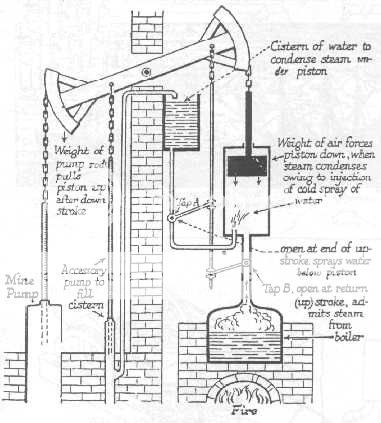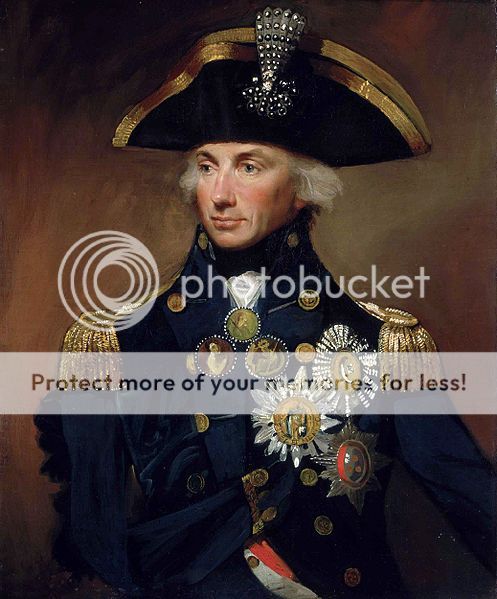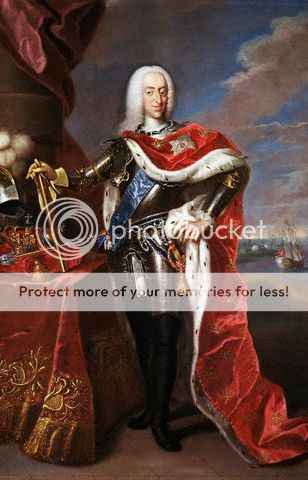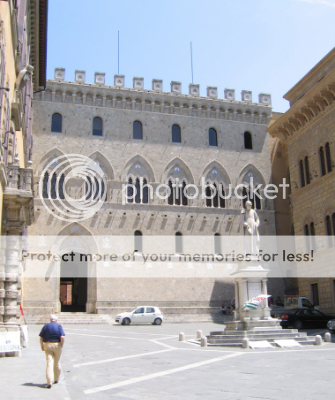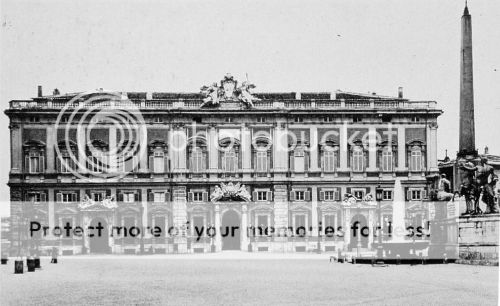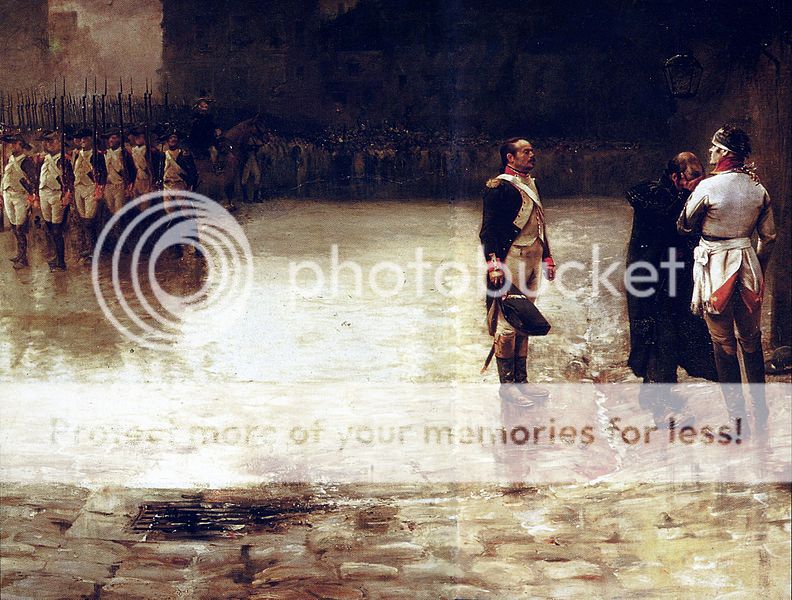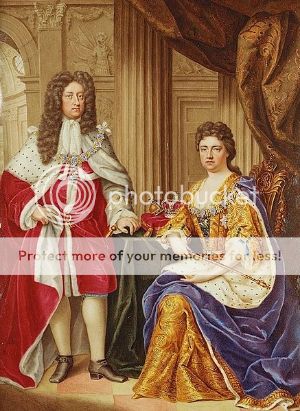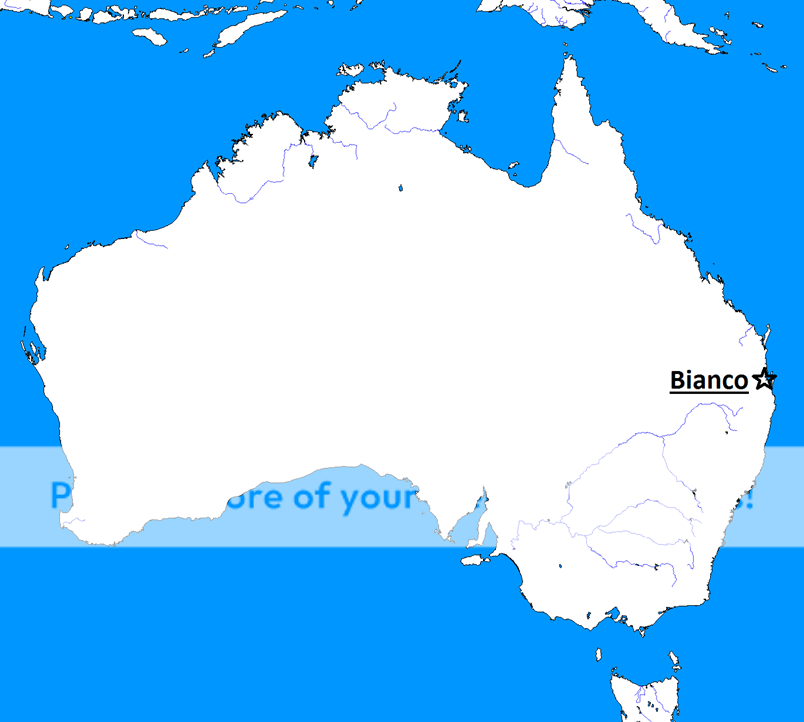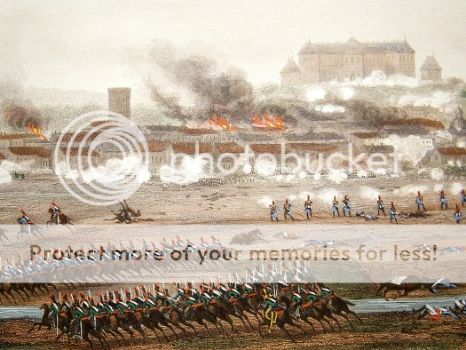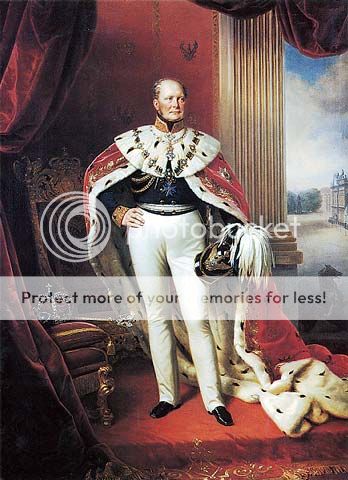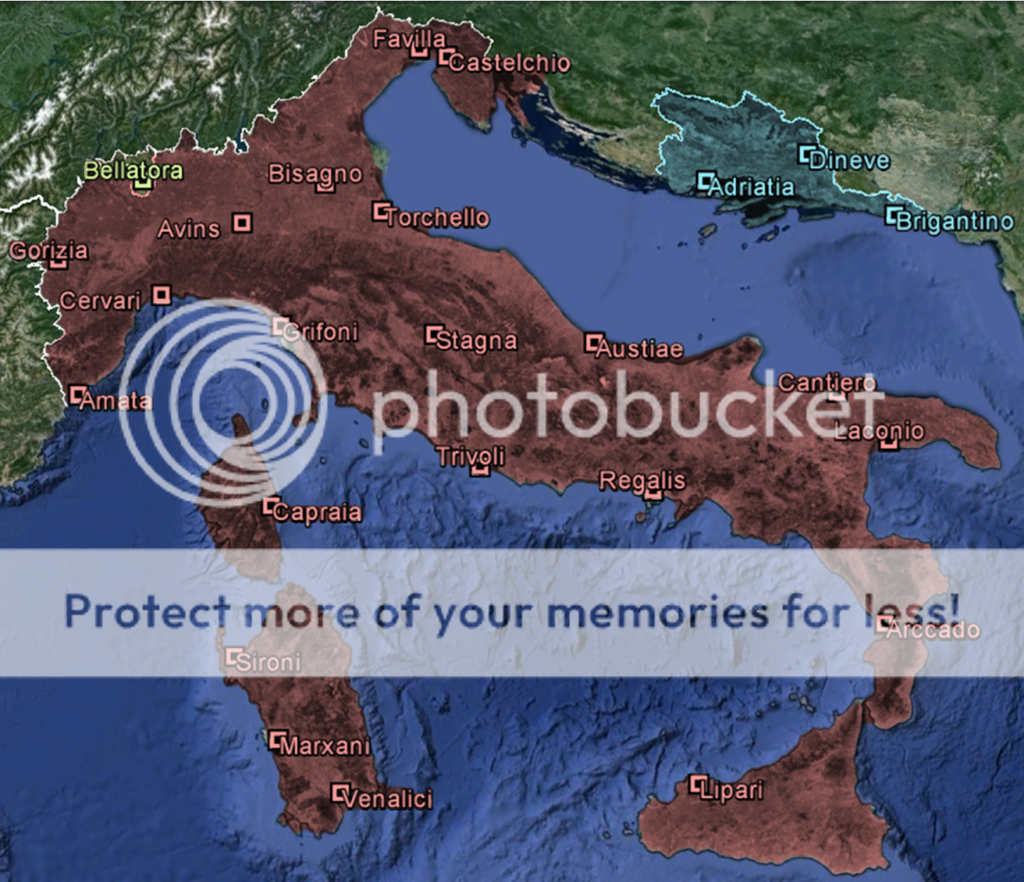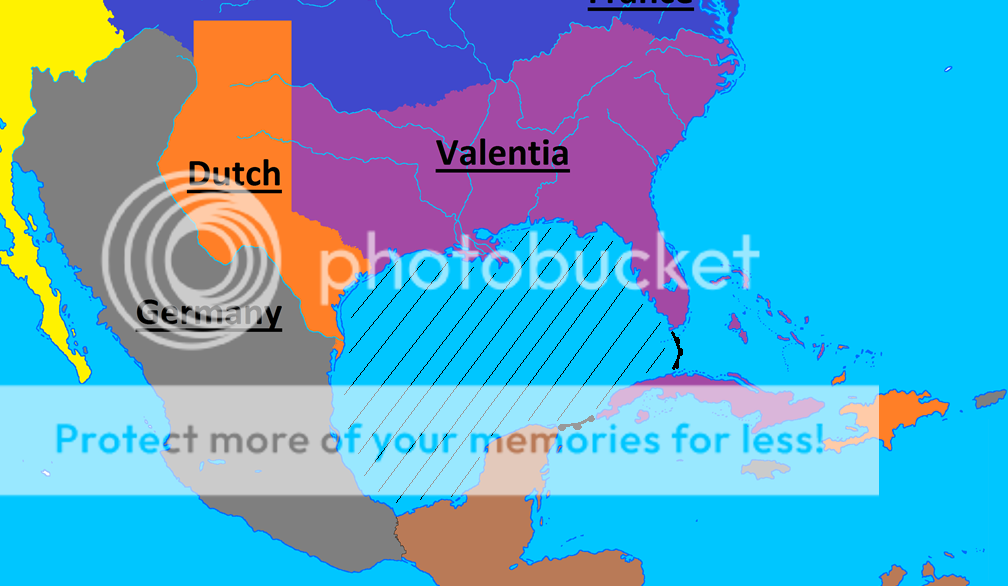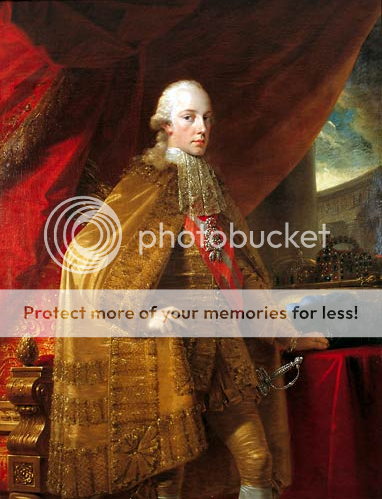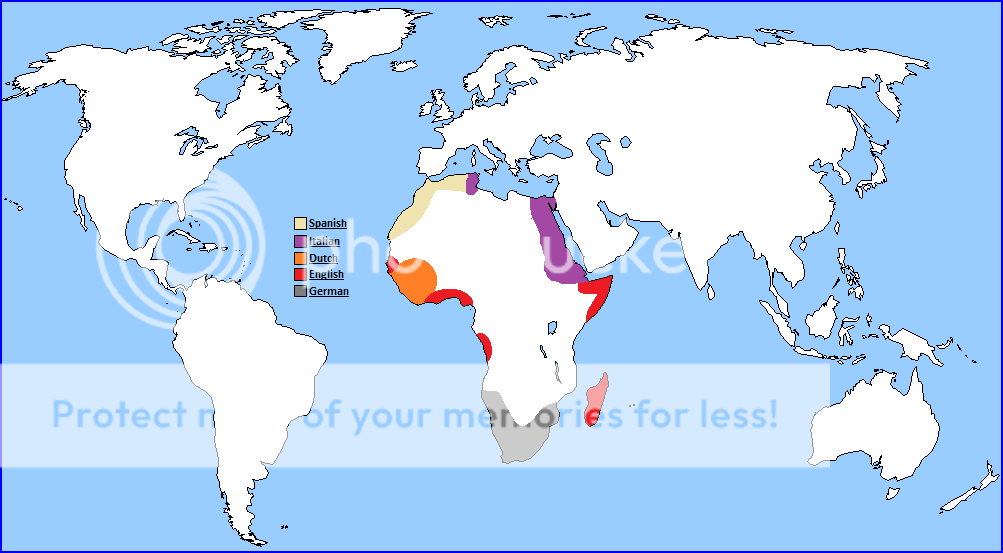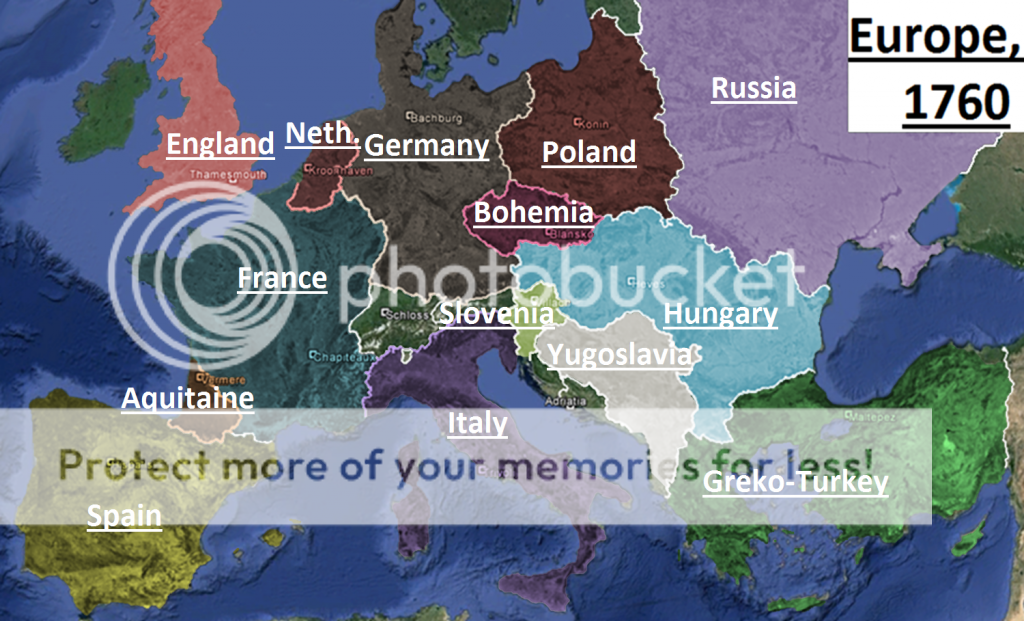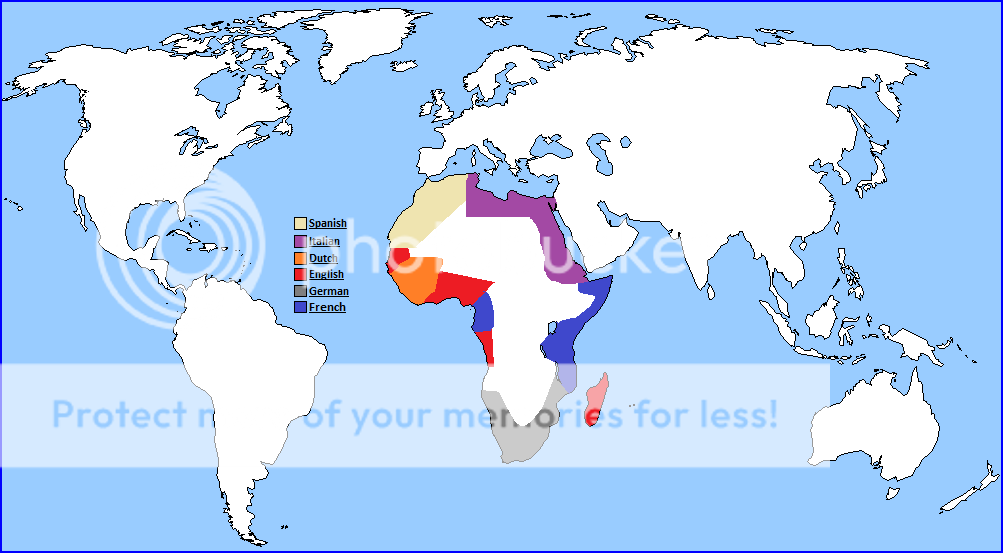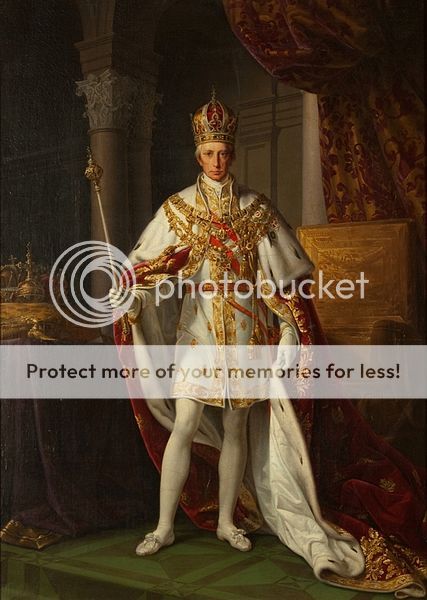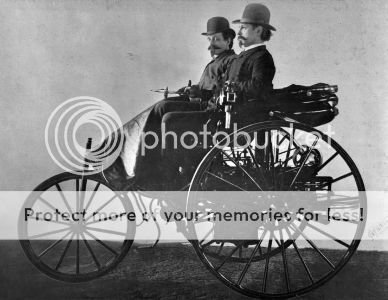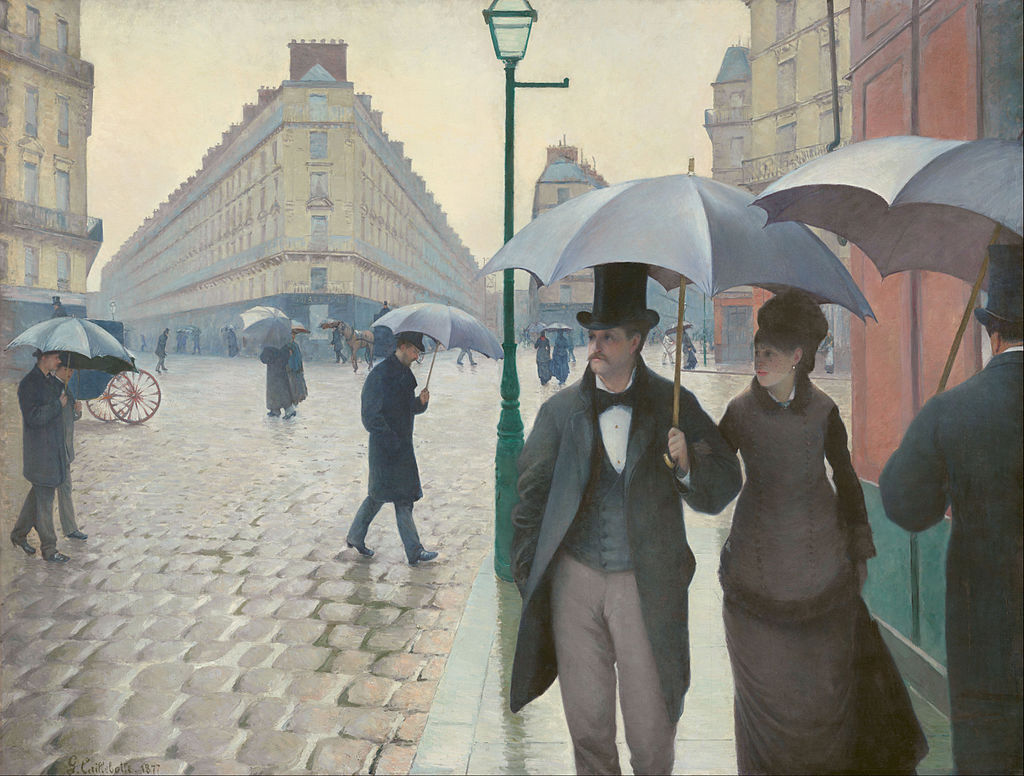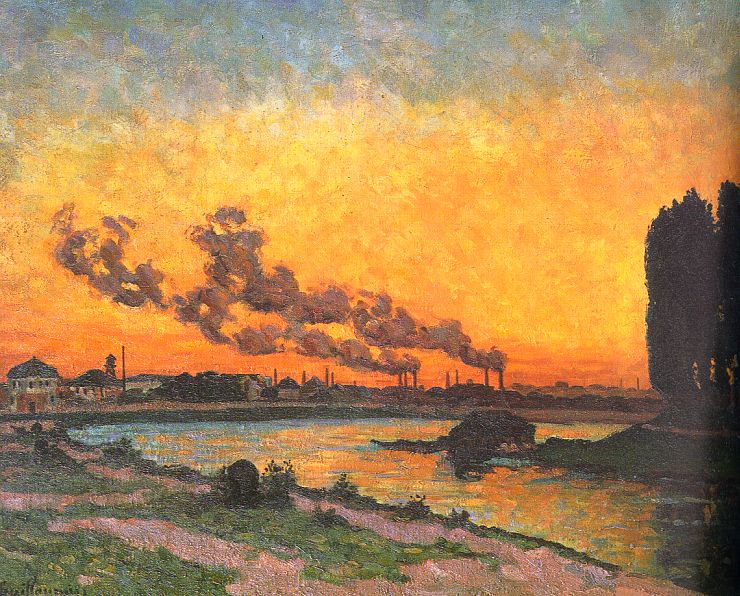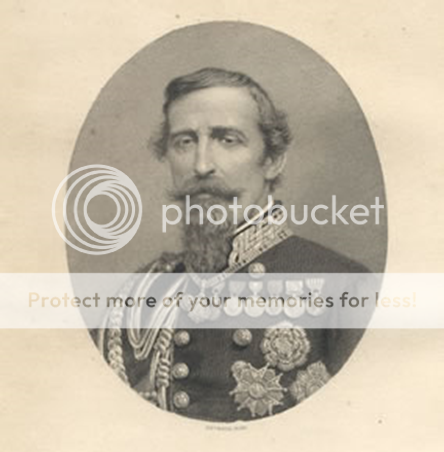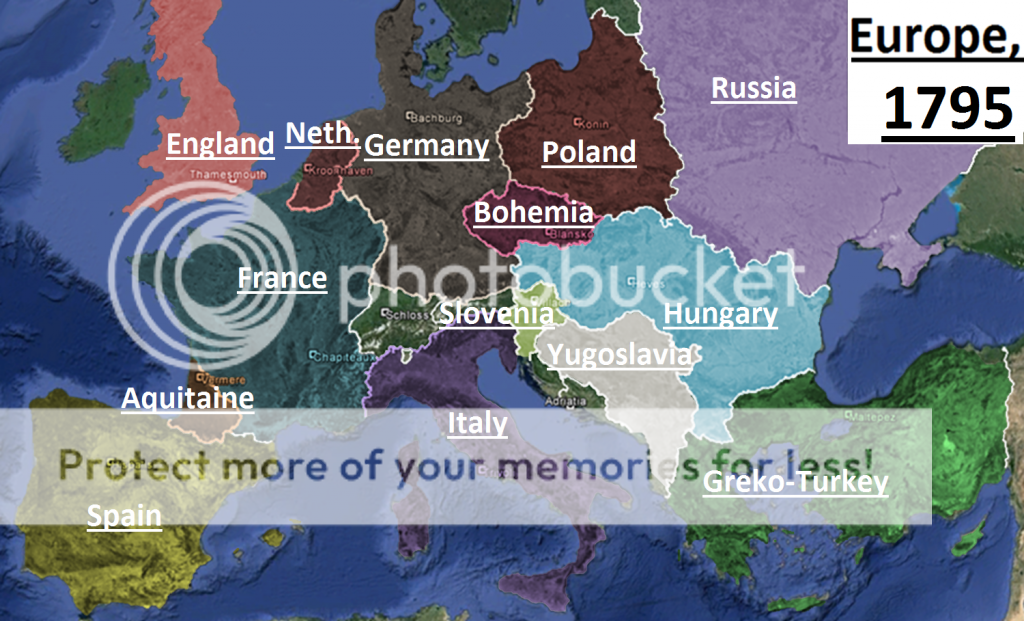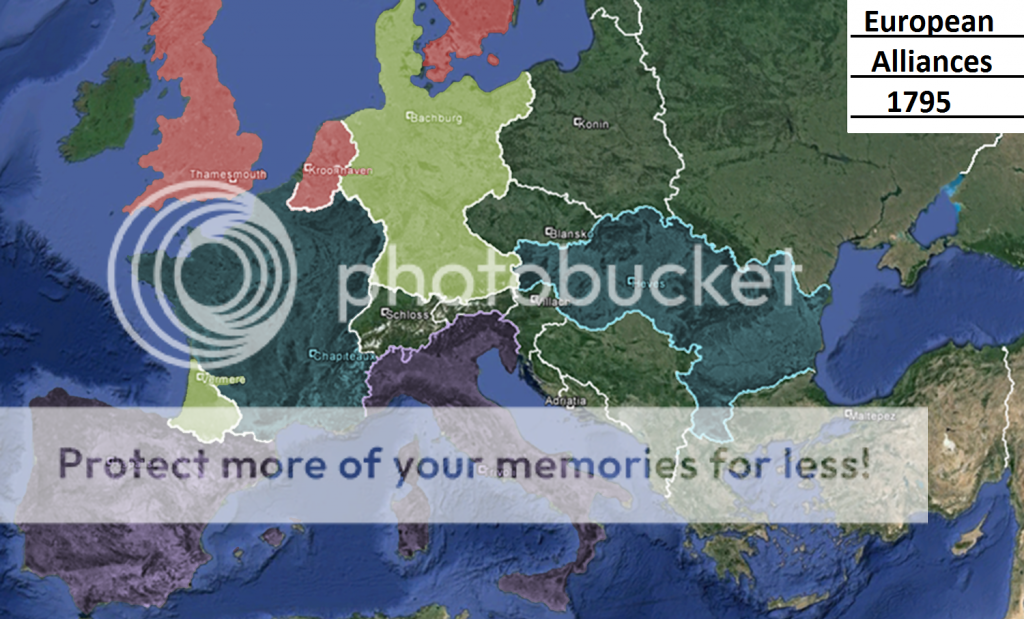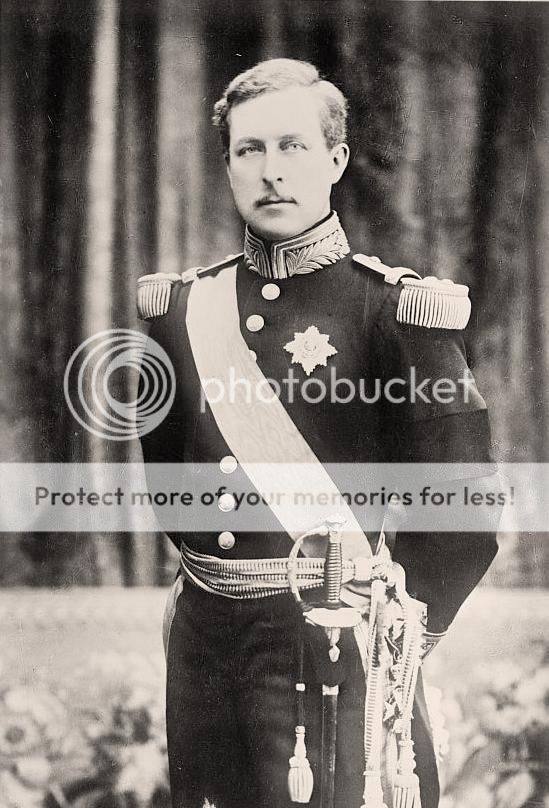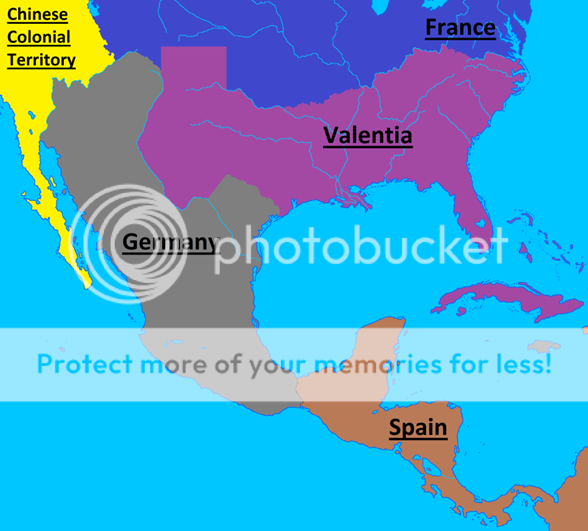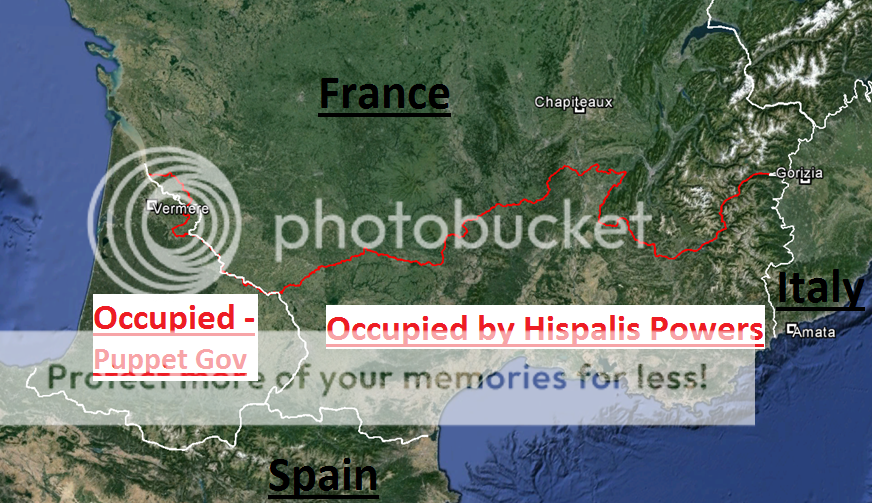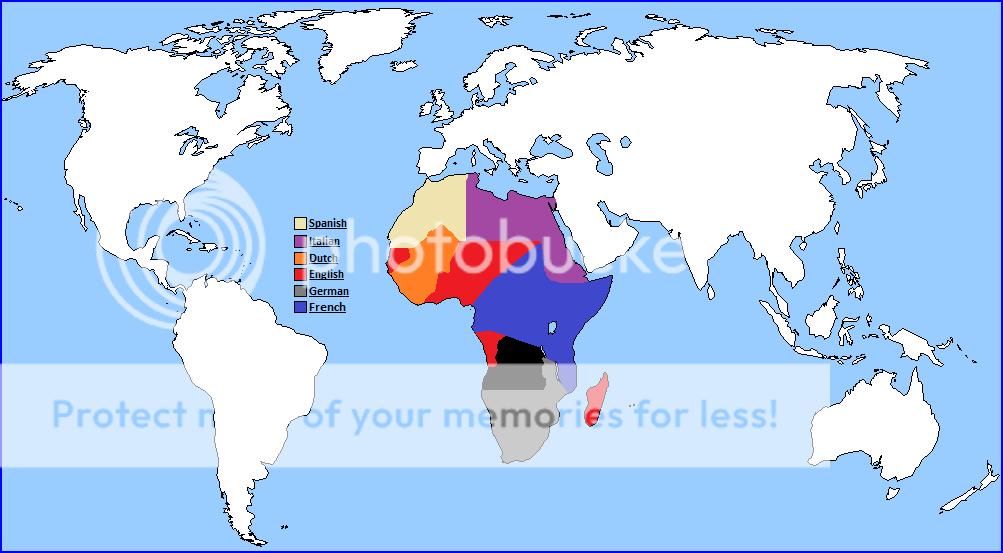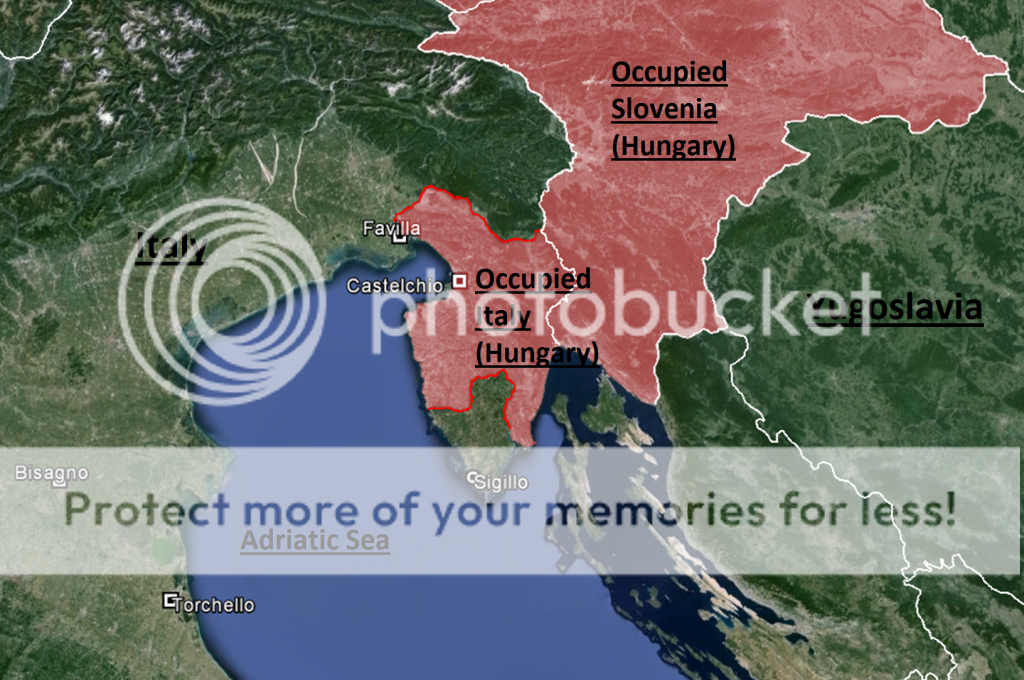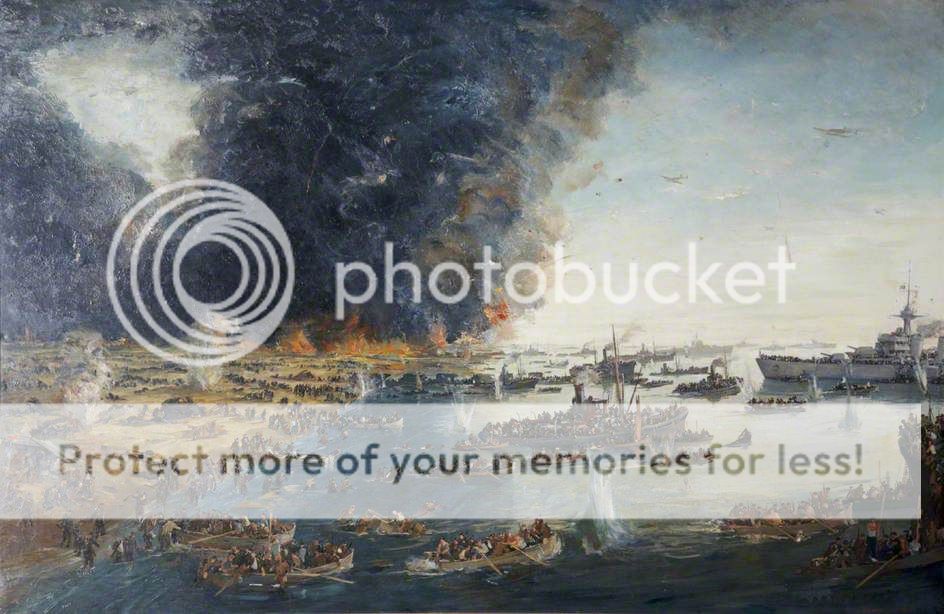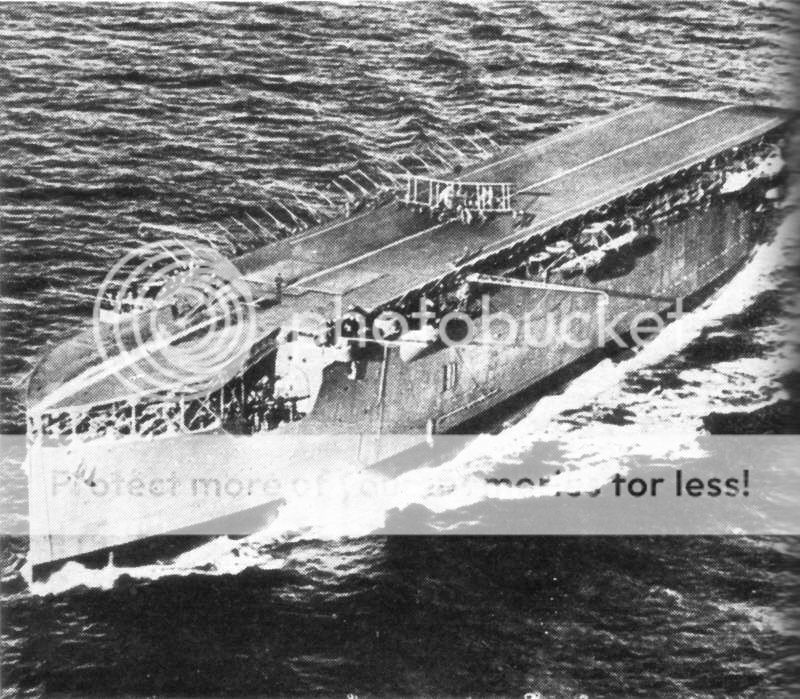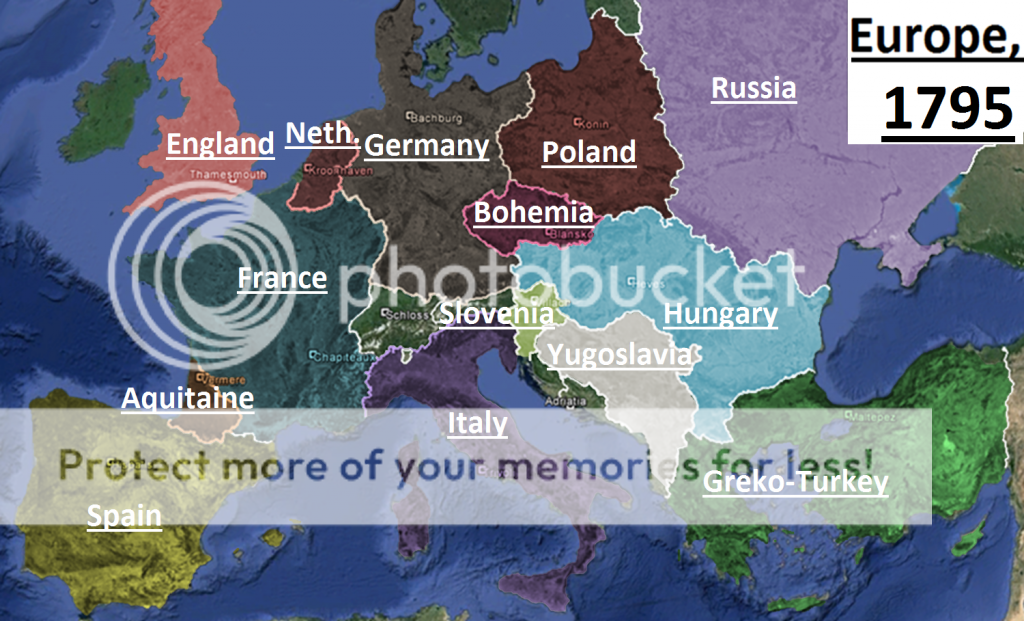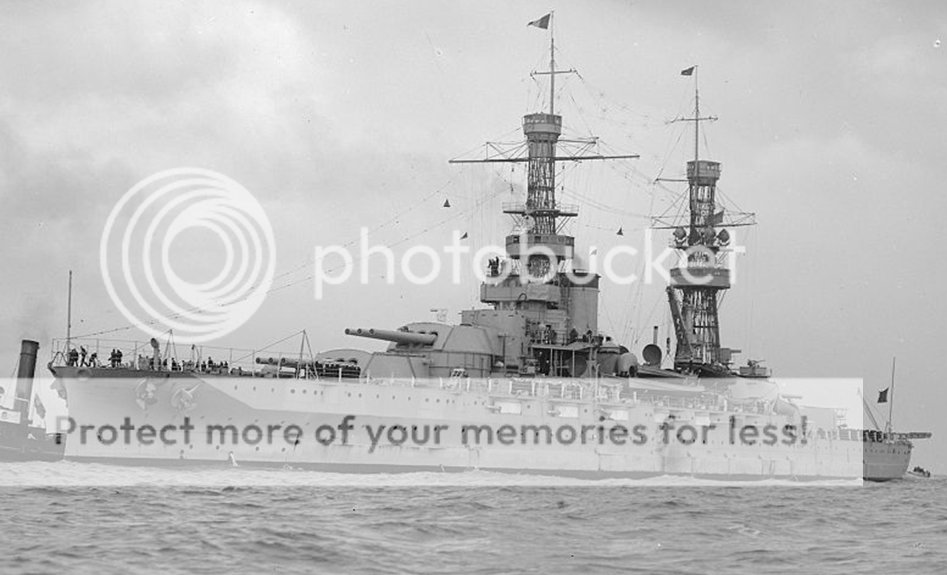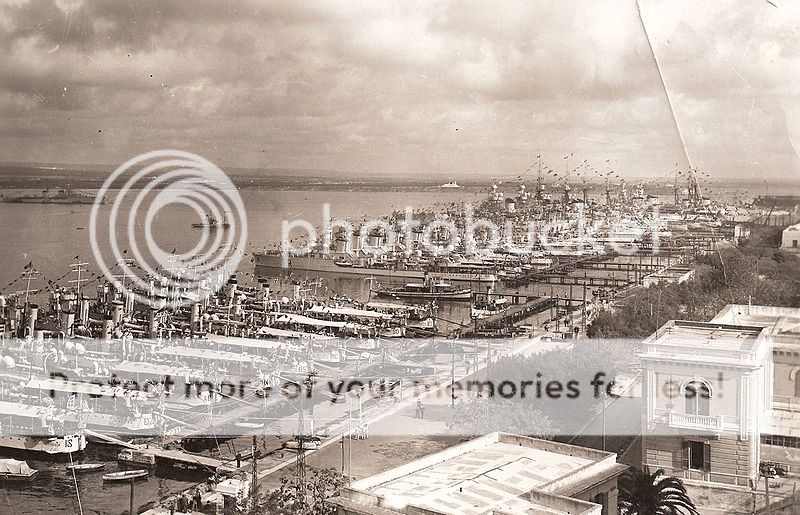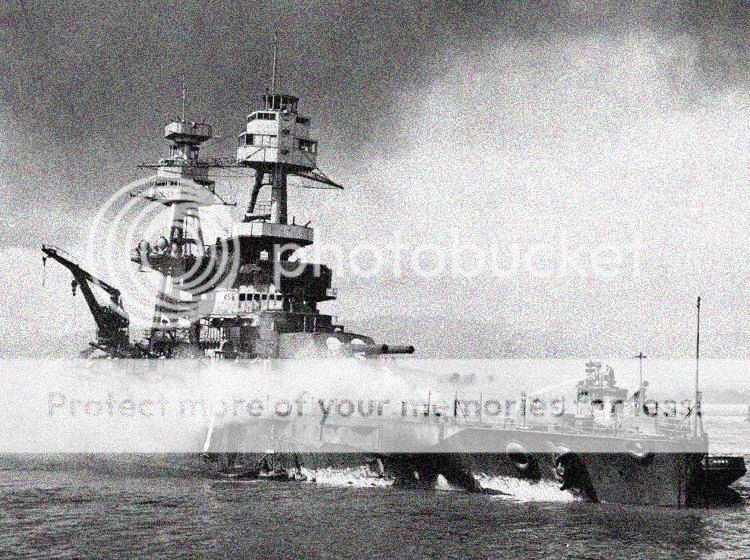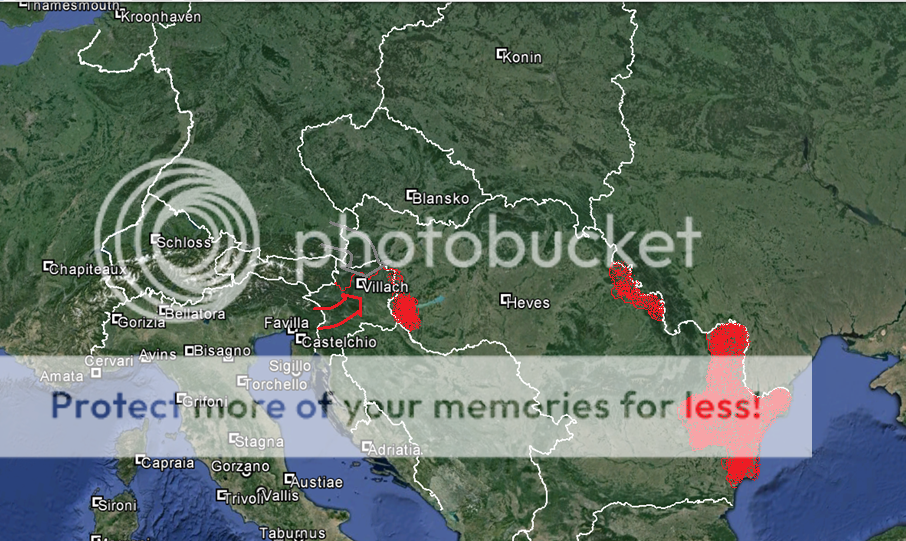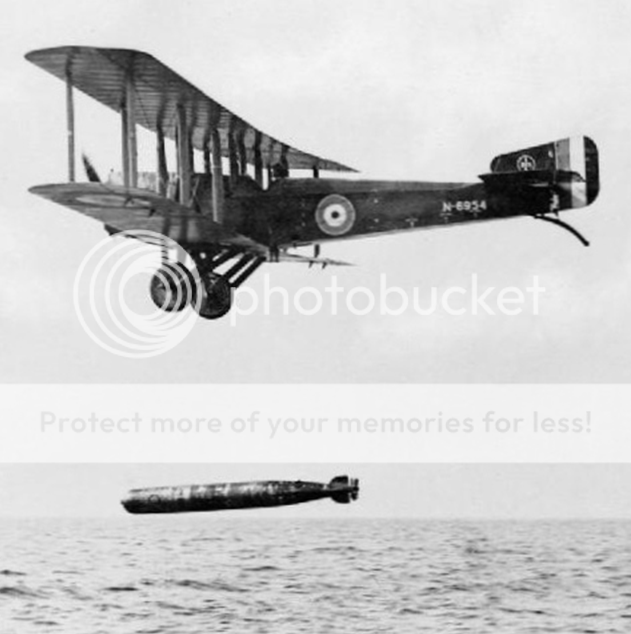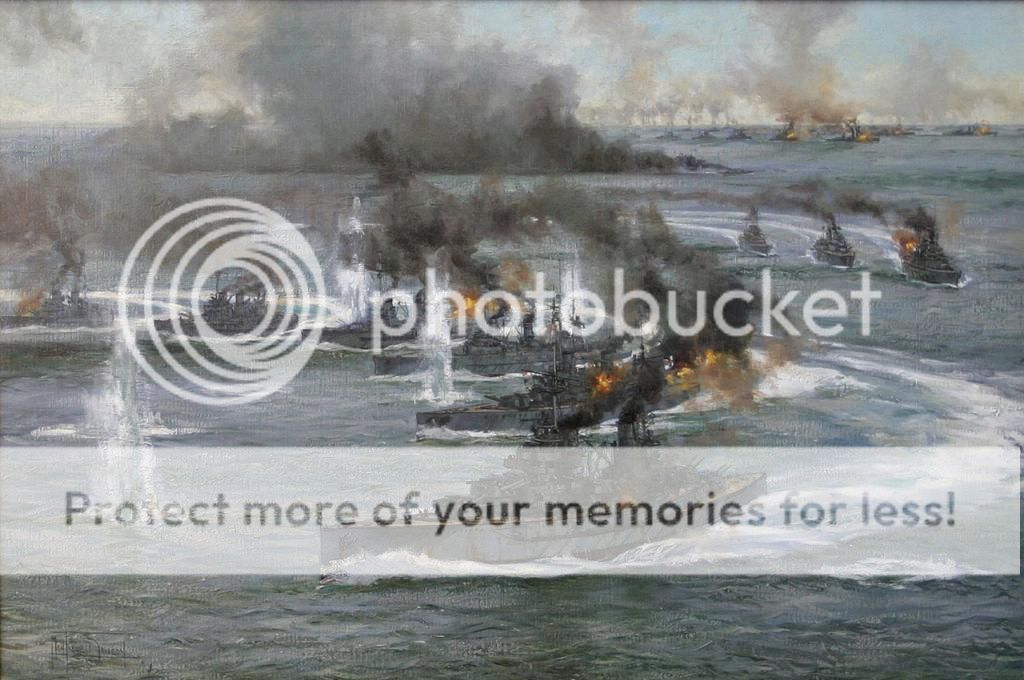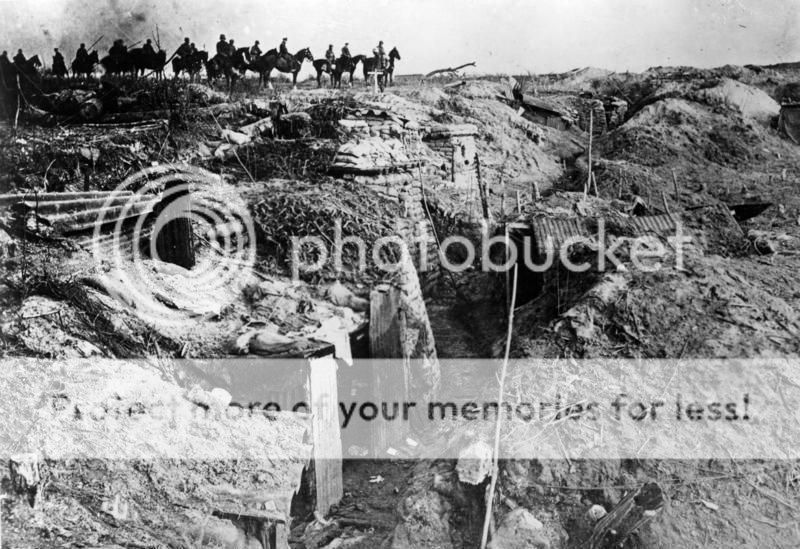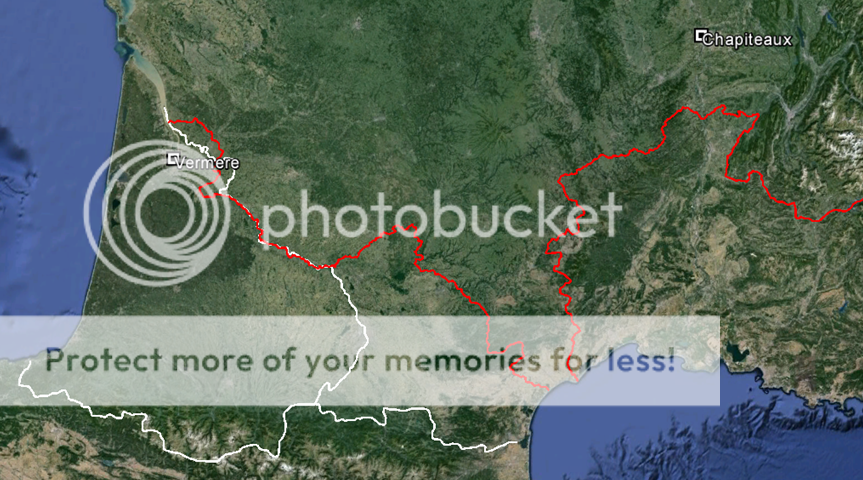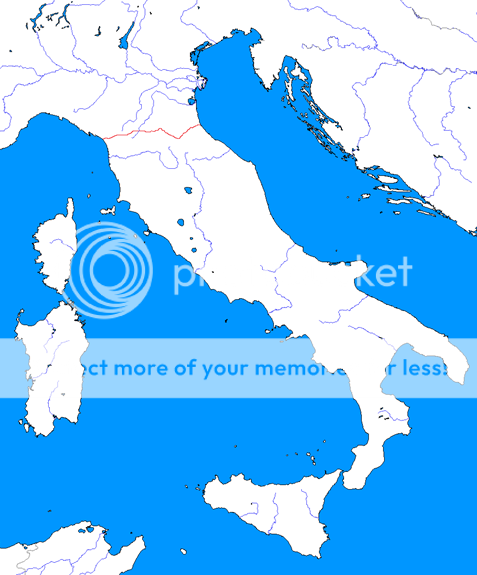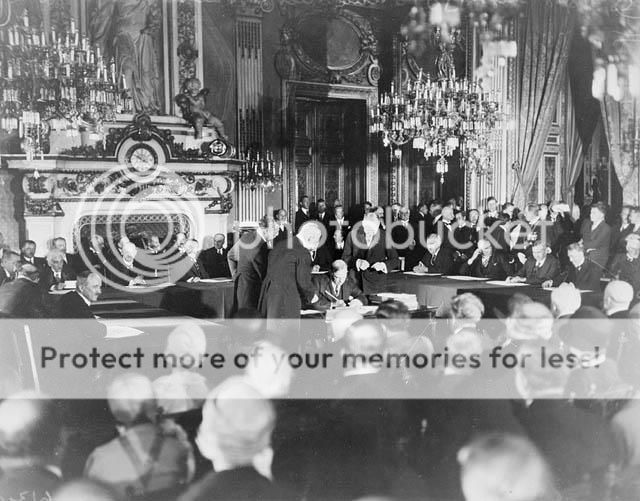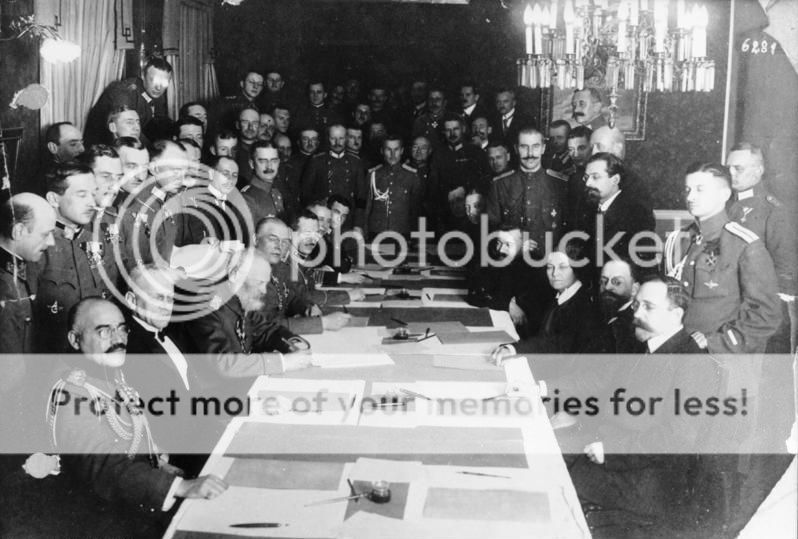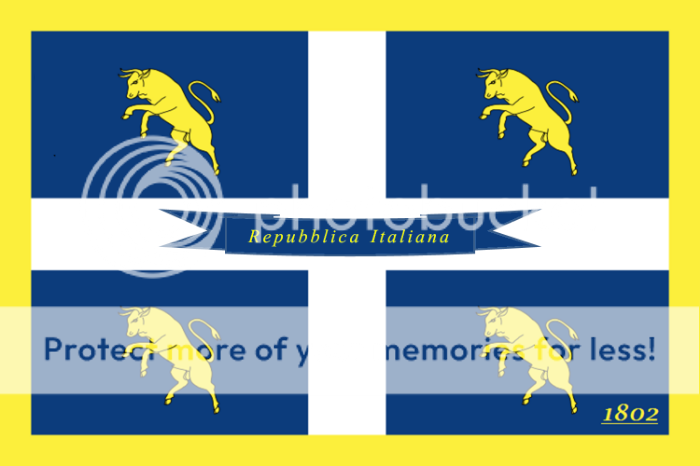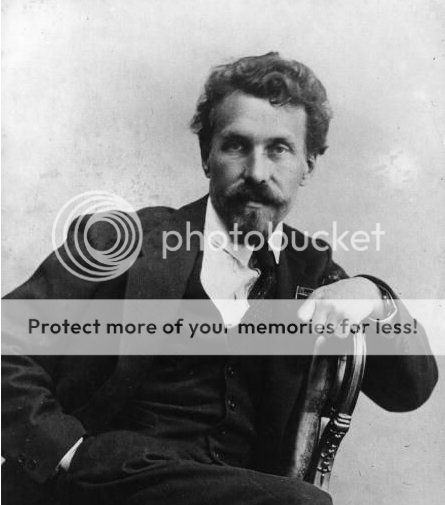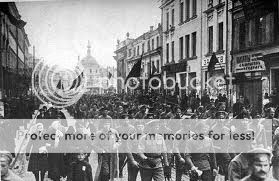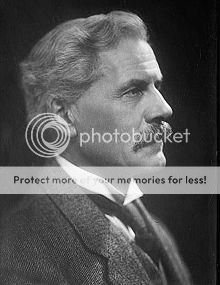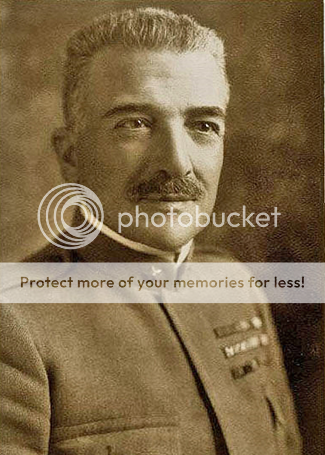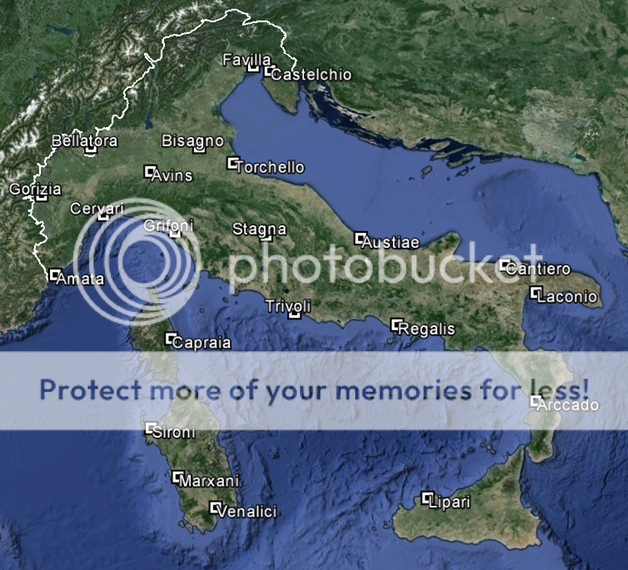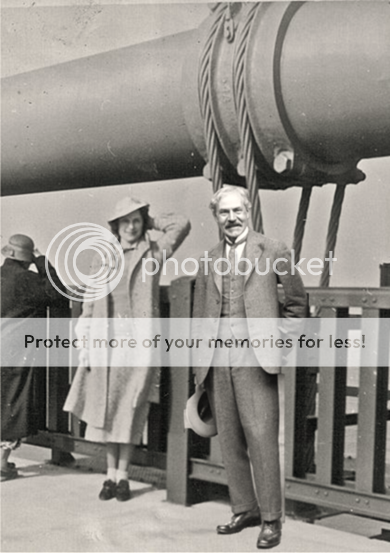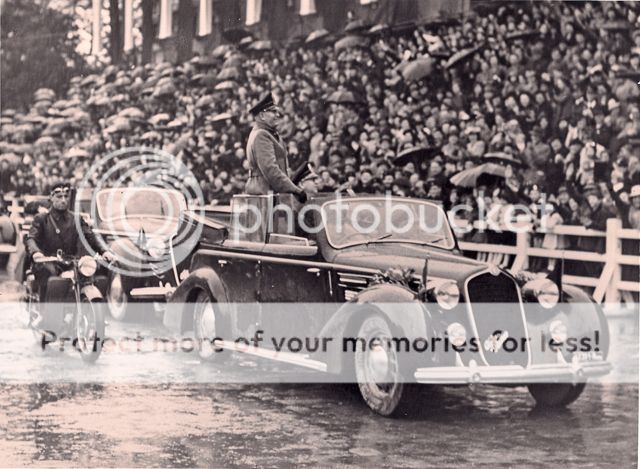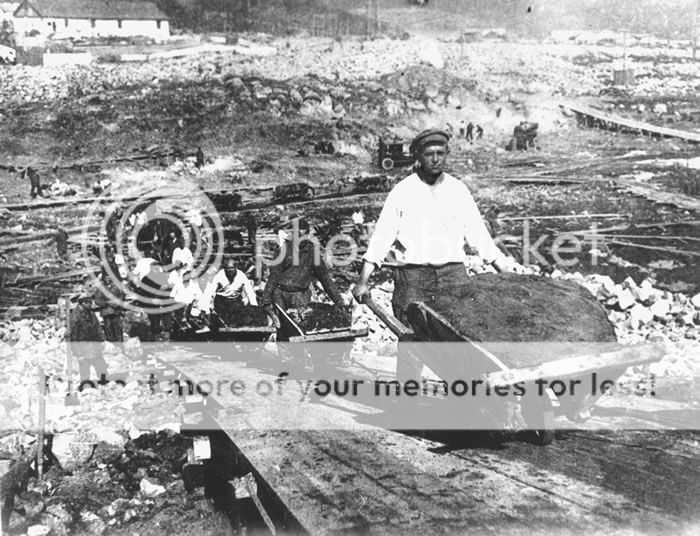This alternate history has everything to offer, action, drama, strategy, motives, intriguing characters, all eras of history. This story was meant to be a history of a people, particularly the Italian people and hence it’s Italian-centric. It’s an essential rewrite of history of itself but with parallels to the one we know. Due to history taking a complete different course than what we know actually happened, technological progress doesn’t correspond with the date or year it does in this reality. Expect lots of images as well, so you've been warned. Questions, comments, and constructive criticism are welcomed and encouraged. Enjoy!
The completed sections of this history has been organized into 12 sections:
[size=+5]
The region was first inhabited by Umbrian settlers migrating down the Tiber River. The settlers proved their land to be more valuable than their native lands, the mouth of the Tiber River held key growth advantages. Not only did the surrounding farmland benefit from very fertile soil and flexible water sources, but the city was founded downstream from where fish laid eggs and hatched, allowing much greater amount of seafood consumption. And as the city grew rapidly, its trade did to. The city’s wide and long river was used to ship resources such as grain and fruit from as far as 75 miles upriver, eventually the river was used to ship stone and timber as well.
According to Trivolin legend, the city's people originally lived many forests northwards. A neighboring king believed the city's people were foolish and weak for living in an unfortified city of free peoples. He sought to conquer this defenseless jewel and set off his armies. The Trivolin people are a fierce, proud, strong people who this jealous neighboring king found immensely insubordinate to his authority. After ravaging it's wealth, the king razed the city. Its civilians fled south. Their pilgrimage prolonged weeks, months even. Until the will of the gods brought them to the most ideal habitat for any civilization: the mouth of the Tiber.
By the time of the Iron Age, around 1400 B.C., the Trivoli settlement had become an important center and influential city state on the Italian peninsula. Traces of Trivolish mythology originates from the north, from the Bellatora city-state. The Bellatorans held many gods in their beliefs, honoring them with temples, shrines, and celebrations. Their beliefs, which would travel down to other city states, would come to be known as Trivolish Mythology as Trivoli expanded the religion simultaneously as it expanded its borders.
Trivolish Mythology believed that the god Liris, the god of the sky, once came down from the Agora Divinum, in where they believed was deep in the Alps, and created a child with beast. From this man was created. This holds a key belief in Trivoli mythology, in that man is above beast for it bares the traits and lineage of the gods, yet man is below the gods because it is mortal just like the beasts that roam the earth. Liris was extremely proud of his creation and he held a large ceremony to celebrate the birth of man. At the celebration, Liris asked each of the ten primary gods (excluding himself) to give man a gift. Note that in Italian culture at these times, a gift was something given that could be reclaimed by its sender if felt justified or betrayed. At this fundamental myth in Trivolish mythology, the mythological Trivolish deities became the “gods of” whatever they gifted to Liris or man in addition to whatever they ruled.
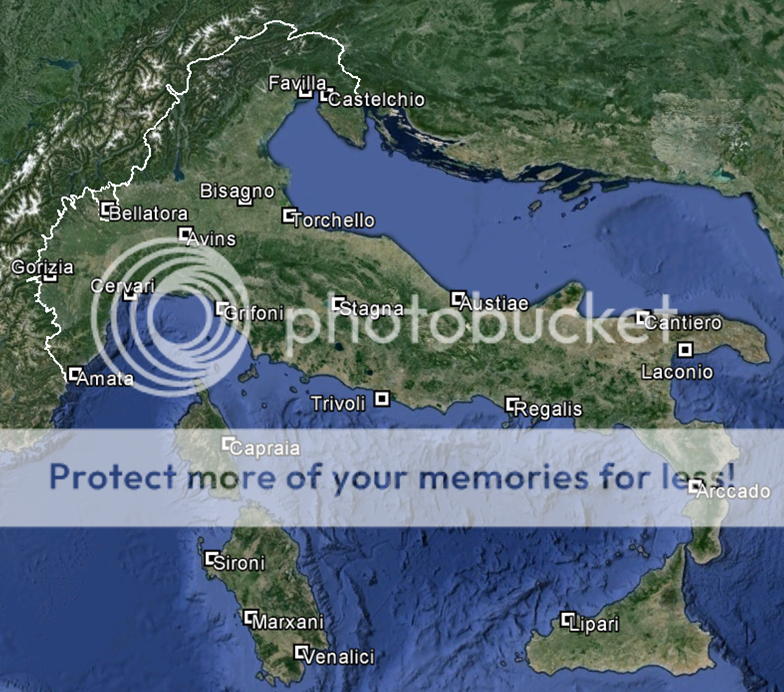
Modern geopolitical map of the Italian peninsula.
By the late Iron Age, Trivoli and its surrounding territories adopted its own evolved language completed with a Phoenician alphabet. Italy at this time was divided between many self-governing city-states, the largest being Trivoli, Torchello, Bellatora, Regalis, and Stagna. Stagna gained reputation for its cavalry in an 11 year war against Torchello 353 B.C. to 342 B.C., and Favilla carried a large navy used from its lumber economy.
Trivoli and Bellatora would be obligated to ally against the largest external threat that ancient Italy would ever see. Mermarius II of the Turkish Empire, after the completion of the Turkish conquest of the Balkans successfully, Mermarius began his attempt to subjugate Italy. His invasion in 296 B.C. capsized the Favilla City State but his army was defeated by an allied Trivoil and Bellatora just 40 miles north of Torchello at the Battle of Cattolica.
Sabbatius I of Turkey, Marmarius II’s nephew and successor, attempted an invasion of his own a dozen years later. Sabbatius sent ambassadors to all the city states of Italy, warning the states of his plans for invasion and demanding their submission. Almost all the city states gave in to Sabbatius, with the exceptions of Trivoli and Bellatora who executed the Turkish ambassadors. Sabbatius ordered a military campaign into Italy to crush the defiant Trivoli and Bellatora.
Trivoli requested assistance from King Piroxidamus of Bellatora to organized his army and to begin a campaign against the large and powerful Turkish army. Bellatora’s council forbid fighting near a full moon in their calendar’s month of Vechino. Piroxidamus claimed he was of a direct lineage to Pyropus, he argued the Gods would side with Piroxidamus regardless. Tactically, Piroxidamus claimed his 1,000 finest soldiers as his personal body guard and informed the town’s elected council of his body guard being obligated to follow the king wherever he might go, and that he's strolling east. The Bellatoran army was left to defend the city and Piroxidamus led his force of a thousand Bellatorans east, towards the Turkish army.
Supportive of Piroxidamus, Avins sent 700 soldiers to fight alongside with the Bellatorans. While Bellatorans were known to be fierce soldiers trained from childhood, Avins was a city of craftsmen and wine makers. As Piroxidamus travelled east, he was joined by multiple Italian tribes and city-states, together known as the Italian Coniurandi, creating a sum of around 5,000 to 6,000 soldiers. Piroxidamus sent Avins cavalry, a group known at the time as “Tricksters of Teyevius”, to taunt the Turkish army and lead them to Lake Garda. The Turks fell for the Italian trap, send its vast army to chase what they perceived to be spies and sabotagers, the Turkish army general believed the Tricksters of Teyevius to be assassins hoping to kill or scare him.
The Italians had already marched north next to the lake, fortified to block the pass. Here, at Caprinio Pass, Sabbatius’ army of 90,000 held no numerous advantages at the pass’ most narrow location. The Turks attacked the Italians with archers, affecting little against their heavy shields. When infantry attacked, the Bellatorans used Piroxidamus’ tactic of feigning retreat, where they Italians would step back as if vulnerable, placing the attacking Turks in a lured vulnerable state. With no Turkish success, the Italians held. The Turks failed again on the second day of their assault and third day. Exhausted and injured, most of the Italians retreated to what they felt was already a victory. Honoring their laws, the Bellatorans refused to retreat. With just 1,200 Italian soldiers remaining at the pass, Sabinus sent 13,000 Turks running at the Bellatorans, whom were still accompanied with soldiers from both Torchello and Avins. While the patriotic Italians inflicted heavy casualties against the Turks, they were overrun. Every last Bellatoran was killed, including Piroxidamus himself, with just ten dozen Torchellons and Avins surviving in retreat.
The Battle of Caprinio rallied the Italian City-States against the Turks with such a powerful blow to the Turks, glimpse of sunlight in military defense, and proven stronger defiance with Italian cooperation. Bellatora was eventually conquered by the Turks 283 B.C., but Trivoli would push the Turks out of the peninsula in 279 B.C., liberating Bellatora and Favilla. Trivoli’s success and large conquest placed the city, already the largest by far city-state in Italy, as the governing state of Italy, forming the Italian Republic.
The Turkish Empire would eventually collapse after the death of a heirless Emperor Mermarius III, leaving it to a feud between Mermarius’ younger brother and his half-sister’s oldest son. Vureatus was born in Trivoli in 262 B.C. just after the fall of the Turkish Empire. Trivoli had already become a center for new ideas from its many trade routes and well fed population. Vureatus brought philosophy into morals, Trivolish mythology, and politics. Vureatus believed that rulers must exercise three tools to govern successfully.
The first tool being law. The code of laws must be written clearly, specifically, and publicly. Again, an influence of the Tale of Maiellis on Trivolin culture. While laws must value citizens equally, Vureatus argued, they should reward those obedient to it and punish those who aren't. Vureatus argued that a government needs a strong system of laws more than a strong leader, because laws ran the state. Thus if the code of laws is strongly enforced, even a weak ruler could be strong. Another tool of governing being technique. A ruler must use skillful tactics to preserve his control over the state and prevent others from taking it. Thus a ruler’s motivation must remain secret. The third tool for a working governor is position of power. Vureatus emphasized that a position of influence must hold the power, not just the individual ruling himself for a government to withstand time.
Bassius, on the other hand, argued against Vureatus’ support for strict obedience to the law. Bassius argued that it’s the subjects’ right to overthrow or even assassinate a governor that rules harshly and ignores the necessities of the people. In his inscriptions, Bassius held the belief that a perfect government must be governed by a ruler who works alongside the common man, wielding at the blacksmith’s or tilling in the fields. By this, a ruler wouldn’t be paid by a government but by the profits of a better livelihood. Bassius’ political philosophy would be known as “commoner politics”, where a government functions not to better its leaders but the improvement of the common subject.
During this time of philosophic debate in Trivoli, Blandus the Navigator led an extensive expedition from Regalis to the North Sea. On his voyage, Blandus the Navigator travelled through the Strait of Gibraltar, around Iberia, and to the northwestern points of Scandinavia. Blandus brought back the first description of the polar night, in which he believed he fell off the “borders of earth” after experiencing multiple ‘days’ without light but the rays of the sun visible coming from below the horizon; Blandus the Navigator was the first explorer and recorder of the harsh cold artic and its polar ice, Blandus would also bring back to Italy the concept of a relationship between the moon and ocean tides along with influencing early Ovidiast thoughts and writings.
Sumanius was born at Austiae in 171 B.C., moving to Trivoli in 154 B.C. to study philosophy. Sumanius enrolled into Bassius’ School of Scholars and went under the teachings of Bassius himself. In the thirty years that Sumanius stayed at the School of Scholars, he wrote among many subjects, including ethics, government, linguistics, logic, military strategy, music, physics, poetry, politics, rhetoric, and theater. In 112 B.C., a dozen years after leaving the School of Scholars to find his own school at Austiae, wealthy Trivolin councilman, patrician and dear friend to Sumanius, Fulvius Valadier, requested Sumanius to tutor his first born son.
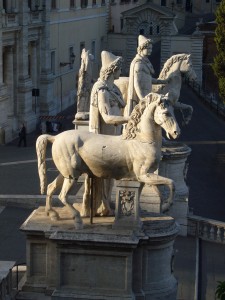
Cassius and Silvanus Valadier depicted in Trivolin statuesFrom 112 B.C., Sumanius tutored Cassius Valadier and Fulvius’ second born son Silvanus since his birth in 109 B.C.. Sumanius would educate the two brothers until 95 B.C. when he became ill, dying less than a year later. In their youth, Cassius and Silvanus were both heavily educated, specifically in their father’s aims to turn them both into politicians by their adulthoods. Cassius had a history of trouble-making and escalating family conflicts, while their cousin records that Silvanus was quiet in nature as a child, avoiding causing attention or problems in the family, supposedly learning from his elder brother’s mistakes.
When Cassius was age 19, news that he was the father of a pregnant peasant woman reached his family villa. Just months after this news spread, Cassius and Silvanus’ father suddenly became ill. On his deathbed, their father instructed their mother and uncle to hand his wealth and estate to Silvanus instead of Cassius. The extremely uncommon act of ultimogeniture over primogeniture enraged Cassius, leaving him feeling betrayed by his family. Cassius told his younger brother:
Cassius, also referred to as “Valadier the Elder”, wasn't left with just his horse from his family, he still carried their name. Unaware of “Cassius’ disownment”, the Trivolin army recruited Cassius Valadier into the rank of Tribunus Cohortis, a rank that typically took many years to achieve.
In the year 85 B.C. a slave rebellion broke out along the Mediterranean coasts of Gaul and marched towards the Italian peninsula. Cassius acted quickly without orders and moved south to crush the slaves’ rebellion. The gladiators, led by Prandicus, directly threatened the Italian heartland. The rebellion alarmed the Trivolin people because of successful slave rebellions that occurred in 88 and 86 B.C.. Cassius met up with Prandicus’ force of around 40,000 rebellion slaves, a fourth of which were trained in the arts of gladiators, at the Rhone River. The 40,000 rebel slaves charged against the 26,000 Trivolin ranks. While the rebels fought with their heads, legs, and army with great effort, and most importantly, a strong cause, but were being demolished by the Trivolin slaughter house. By the end of the battle, the rebels had suffered 33,000 casualties including Prandicus himself and 1,500 Trivolins were killed. Cassius’ landslide victory led his troops to hail him the titled Imperator.
Around this time, Silvanus Valadier was elected into the Trivolin senate. During the Trivolin conquest of France, Valadier the Elder rose to the rank of General, specifically being in charge of the Trivolin Republic’s effort to conquer the region of France. By 79 B.C., Cassius had risen to the rank of General and won another major battle in the settlement of Salingeux, marking the end of barbaric resistance of the Trivolin army in Trivolin France.
While Valadier the Elder was widely approved and honored among civilians for his loyalty towards the Italian homeland, the Trivolin senate was skeptical of him, believing he was a power thirsty expansionist with ambitions to achieve “more power than Liris himself”. Cassius was notably rivaled by his own brother, whom spoke out against Cassius in Trivoli and informed the senate the Elder’s threat to order in the republic.
As a General and Governor, Cassius was not allowed to leave his territory in significant distance without the Senate's consent. Constantly declined by the Trivolin aristocracy to launch an invasion across the Rhine River against the Germanic tribes, which Cassius believed was an attempt to limit his own fame, power, and success, Cassius declared himself Dictator of France in 76 B.C.. The Trivolin Senate ordered, a decision strongly encouraged by Valadier the Lesser, General Albinus to France and to remove Cassius Valadier from power.
Albinus engaged against Cassius and his experienced loyal army on the western edges of the Alps at the Battle of Aiguille. As General Albinus’ army approached Cassius’ on the battlefield, Cassius’ skirmishers hurled their unique light javelins, equipped with iron shanks, at the senate’s troops, then retreated through the dashed gaps along the line. After the skirmishers’ organized return among the ranks, Cassius led his army in a wedge formation against Albinus. In this formation, his army’s line was thinned to concentrate soldiers in the middle of the offensive. This successfully pushed Cassius’ force through the line, causing confusion and a lack of organization on Albinus’ side, leading to a flank. The Battle of Aiguille crushed the senate’s hopes for suppressing Cassius and rose support for the leadership qualities of Valadier the Elder.
After defeating the senate’s force of 35,000, 4 thousand of which fleeing the site and General Albinus retreating to Trivoli only to report the loss and lose his general rank, Cassius and his surviving force of 41,000 soldiers marched towards Trivoli. The Trivolin senate was divided in their response, the majority wanting to continue their attempts to eliminate Cassius, factions of which debated on how to do so, while some senators wanted to make Cassius 'Potentate of Trivoli'. By the time Cassius’ troops, encouraged and equipped with high morale, reached Avins, news reached Trivoli’s ports that Sicily was considering a vote of no confidence in their Trivolin government.
The Trivolin government was in crisis. The senate suspended its democracy, appointing Silvanus Valadier to Princeps. The position Princeps had only been used twice previously in Trivoli’s history, a position having successfully saved the democracy both times. Now with the republic’s resources at his ears and voice, Silvanus ordered direct military confrontation and suppression of Cassius. Greatly outnumbered, Cassius’ military was pushed east, out of Trivolin roads. The republic had now entered a civil war.
The fighting continued over the next two and a half years. Surrendered Trivolin troops were adopted into Cassius’ forces, a large adoption taking place at Cassius’ victory in Cervari where Trivolin troops under General Uictus killed their leader and defected to Cassius’ troops. For the average soldier, service was correctly rumored to be better under the immensely charismatic Cassius Valadier, who was known to emphasize well fed troops into battle and to maneuver brilliantly in the efforts of preserving as many of his soldiers as possible. Silvanus Valadier, during the Trivolin Civil War, made legal reforms leading to his self-appointment as Emperor of Trivoli, marking the civilization’s transition from a republic into the Trivolin Empire in 74 B.C..
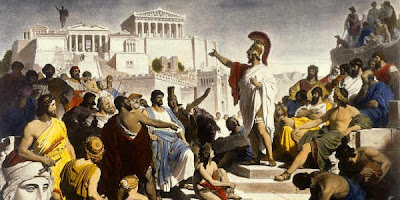
The Great TriumphFinally in 73 B.C., during a moment of momentum, Cassius Valadier marched towards Trivoli itself using the road Via Facile. “Cassius’ March” entered the city without bloodshed on the second week of spring as Trivolins would rest their armies through winter and resume campaigns starting at the spring equinox. Valadier the Elder stormed the Trivolin Agora with praetorians capturing Silvanus Valadier in the Temple of Pyropus. Trivolin senators were captured by Cassius’ armies and put to a hearing just a week later. While some were punished for their actions in the senate, some deemed political threats by Valadier the Elder, some executed, and some even awarded governorship, most of the senators were simply disbanded. Cassius’ brother was not presented a trial, but instead impaled alive on Tiber Island for all who might challenge Cassius to witness.
The completed sections of this history has been organized into 12 sections:
- 1400 B.C. – 73 B.C.: [3,725 words]
#1: Easier to rule a kingdom than a child (For those who fancy pre-history, mythology, ancient-warfare and philosophy)
- 73 B.C. – C.E. 410: [5,081 words]
#2: Starting with a city of bricks to leaving with a city of marble (For those who fancy classical culture, war, and an ancient empire; from aqueducts flowing with water to battlefields flowing with blood)
- 410 – 1376: [7,230 words]
#3: “The sun has not yet set forever!” (For those who fancy castles, crusades, and religion)
- 1376-1408 overlaps into two simultaneous parts:
#4: “A nation out of despair.” (For those who fancy War & Politics: Italy’s evolution into a nation-state) [5,195 words]
#5: “Progress, tis the heretic you accuse and decay you hold orthodox!” (For those who fancy Culture & Society: Italy’s Cultural Revolution) [3,930 words]
- 1408-1571: [8,514 words]
#6: “As west as the horizon” (For those who fancy colonialism, monarchism, and religious wars in Europe leaving with a bang).
- 1571-1659 [5,776 words]
#7: “A monarchy’s power doesn’t come from the monarch; the monarch’s power comes from the people! An absolute monarch’s greatest fear is this truth.” (For those who fancy piracy, troubles of imperialism, and enlightened absolutism).
- 1659-1671 [5,068 words]
#8: “Tis absurd for one individual to represent the masses of an entire realm.” (For those who fancy revolution, civil war, and the age of liberty)
- 1671-1729 [4,203 words]
#9: “Nom nom nom this pasta is good” (For those who fancy cultural and social change)
“A man that of a formal savage, a diner that speaks while eating but crosses his fork and knife when finished, a host that flatters his guests but applies profanity with compliments, and a socialite that has the wardrobe of an emperor but the diction of a sailor. That said, Gaspari is truly a formal savage. Truly, a soldier deemed for politics.”
- 1729-1790 [5,161 words]
#10: “The role of government is not to benefit individuals but only to benefit the grouping of its society as a whole.” (For those who fancy Industrialization, Robber Barons, Imperialism and the Escalation of a World War)
- 1790-1802 [13,490 words]
#11: “The European War can only last as long as a man can endure hunger.” (For those who fancy total war, trench conflict, unrestricted submarine warfare, and an inevitable collapse of notable European powers).
- 1802-1821 [9,152 words]
#12: “Abundance, the maker of greed.” (For those who fancy dictatorships, totalitarianism, the rise of extremists, communism, fascism, and the developments of interwar periods)
[size=+5]
#1
[/size]1400 B.C. – 73 B.C.

The history of Italy can be all traced to the actions and influence of once city, Trivoli. At the mouth of the Tiber River and middle of the peninsula, Trivoli held a key location to lead Italy. Rich in culture, ethical in wealth, the city’s historical importance cannot be fully comprehended. The city would emerge the well for power among an ever-expanding garden. A garden growing warriors and politicians, some good, some evil; plowing up irons and silver; feeding an abundant quantity of livestock.
The region was first inhabited by Umbrian settlers migrating down the Tiber River. The settlers proved their land to be more valuable than their native lands, the mouth of the Tiber River held key growth advantages. Not only did the surrounding farmland benefit from very fertile soil and flexible water sources, but the city was founded downstream from where fish laid eggs and hatched, allowing much greater amount of seafood consumption. And as the city grew rapidly, its trade did to. The city’s wide and long river was used to ship resources such as grain and fruit from as far as 75 miles upriver, eventually the river was used to ship stone and timber as well.
According to Trivolin legend, the city's people originally lived many forests northwards. A neighboring king believed the city's people were foolish and weak for living in an unfortified city of free peoples. He sought to conquer this defenseless jewel and set off his armies. The Trivolin people are a fierce, proud, strong people who this jealous neighboring king found immensely insubordinate to his authority. After ravaging it's wealth, the king razed the city. Its civilians fled south. Their pilgrimage prolonged weeks, months even. Until the will of the gods brought them to the most ideal habitat for any civilization: the mouth of the Tiber.
By the time of the Iron Age, around 1400 B.C., the Trivoli settlement had become an important center and influential city state on the Italian peninsula. Traces of Trivolish mythology originates from the north, from the Bellatora city-state. The Bellatorans held many gods in their beliefs, honoring them with temples, shrines, and celebrations. Their beliefs, which would travel down to other city states, would come to be known as Trivolish Mythology as Trivoli expanded the religion simultaneously as it expanded its borders.
Trivolish Mythology believed that the god Liris, the god of the sky, once came down from the Agora Divinum, in where they believed was deep in the Alps, and created a child with beast. From this man was created. This holds a key belief in Trivoli mythology, in that man is above beast for it bares the traits and lineage of the gods, yet man is below the gods because it is mortal just like the beasts that roam the earth. Liris was extremely proud of his creation and he held a large ceremony to celebrate the birth of man. At the celebration, Liris asked each of the ten primary gods (excluding himself) to give man a gift. Note that in Italian culture at these times, a gift was something given that could be reclaimed by its sender if felt justified or betrayed. At this fundamental myth in Trivolish mythology, the mythological Trivolish deities became the “gods of” whatever they gifted to Liris or man in addition to whatever they ruled.
- Pyropus, first to present, knew man must uphold his place above beast, so Pyropus gave man his own sword and shield to defend himself from other creatures. Because of this gift, Pyropus is the god of fighting and eventually the god of war as well.
- Aprocius gave man seeds - among these grains, olives, and grapes - so he could live off the land and not just the beasts. Thus, Aprocius is worshipped as the god of farming and crops.
- To help man farm, Ceraris, literally meaning the “candle maker” of the gods, created the sun by dividing night and day. Thus Ceraris is the god of the sun and harvest.
- Vechino, a keenly organized god, decided to give man his very own tool for measurement of time, Vechino gifted the moon to man to keep track of harvest and day, for this Vechino is regarded as god of moon, calendar, and time.
- So man wouldn’t grow lonely on earth, the goddess Evora gave man woman, in the form of herself. Evora is regarded as the goddess of love, family, and fertility.
- Faebrius - Liris’ personal architect of the Agora Divinum and Pryopus’ dependable craftsman of swords - presented man with the hammer, ax, and dagger, so man could build his own structures and shelters. Faebrius is thus the god of construction, blacksmith, craftsmen, marvels, and the forge.
- Next, Adiger, the messenger of the gods, gave man the horse. Adiger claimed that with the horse man could send his words to each corner of earth. Adiger thus becomes the god of travel, information, and expansion. The Trivolish Republic would hold its elections on the first Adige, the eight day of the week on the Vechino Calendar, in January in hopes than honoring Adiger would preserve the increasing expansion of the Trivolin civilization.
- Avina told the other gods that a celebration isn’t whole without wine so she filled all their chalices with wine and her own chalice to man. Avina is worshipped as the goddess of wine and celebrations.
- Lastly, Teyevius was called upon to give a gift. Teyevius told Liris that all these gifts would spoil man and man might overpower the gods. Teyevius, an angry god, turned his anger into lightning and thunder, and gave it to Liris for when he must punish man making Liris god of thunder and lightning in addition to the sky. Grateful for Teyevius’ wise addition, Lirius rewarded Teyevius with the Underworld, a place for Teyevius to rule for himself. But in the underworld, Teyevius was responsible for the punishment of men after death.

Modern geopolitical map of the Italian peninsula.
By the late Iron Age, Trivoli and its surrounding territories adopted its own evolved language completed with a Phoenician alphabet. Italy at this time was divided between many self-governing city-states, the largest being Trivoli, Torchello, Bellatora, Regalis, and Stagna. Stagna gained reputation for its cavalry in an 11 year war against Torchello 353 B.C. to 342 B.C., and Favilla carried a large navy used from its lumber economy.
Trivoli and Bellatora would be obligated to ally against the largest external threat that ancient Italy would ever see. Mermarius II of the Turkish Empire, after the completion of the Turkish conquest of the Balkans successfully, Mermarius began his attempt to subjugate Italy. His invasion in 296 B.C. capsized the Favilla City State but his army was defeated by an allied Trivoil and Bellatora just 40 miles north of Torchello at the Battle of Cattolica.
Sabbatius I of Turkey, Marmarius II’s nephew and successor, attempted an invasion of his own a dozen years later. Sabbatius sent ambassadors to all the city states of Italy, warning the states of his plans for invasion and demanding their submission. Almost all the city states gave in to Sabbatius, with the exceptions of Trivoli and Bellatora who executed the Turkish ambassadors. Sabbatius ordered a military campaign into Italy to crush the defiant Trivoli and Bellatora.
Trivoli requested assistance from King Piroxidamus of Bellatora to organized his army and to begin a campaign against the large and powerful Turkish army. Bellatora’s council forbid fighting near a full moon in their calendar’s month of Vechino. Piroxidamus claimed he was of a direct lineage to Pyropus, he argued the Gods would side with Piroxidamus regardless. Tactically, Piroxidamus claimed his 1,000 finest soldiers as his personal body guard and informed the town’s elected council of his body guard being obligated to follow the king wherever he might go, and that he's strolling east. The Bellatoran army was left to defend the city and Piroxidamus led his force of a thousand Bellatorans east, towards the Turkish army.
Supportive of Piroxidamus, Avins sent 700 soldiers to fight alongside with the Bellatorans. While Bellatorans were known to be fierce soldiers trained from childhood, Avins was a city of craftsmen and wine makers. As Piroxidamus travelled east, he was joined by multiple Italian tribes and city-states, together known as the Italian Coniurandi, creating a sum of around 5,000 to 6,000 soldiers. Piroxidamus sent Avins cavalry, a group known at the time as “Tricksters of Teyevius”, to taunt the Turkish army and lead them to Lake Garda. The Turks fell for the Italian trap, send its vast army to chase what they perceived to be spies and sabotagers, the Turkish army general believed the Tricksters of Teyevius to be assassins hoping to kill or scare him.
The Italians had already marched north next to the lake, fortified to block the pass. Here, at Caprinio Pass, Sabbatius’ army of 90,000 held no numerous advantages at the pass’ most narrow location. The Turks attacked the Italians with archers, affecting little against their heavy shields. When infantry attacked, the Bellatorans used Piroxidamus’ tactic of feigning retreat, where they Italians would step back as if vulnerable, placing the attacking Turks in a lured vulnerable state. With no Turkish success, the Italians held. The Turks failed again on the second day of their assault and third day. Exhausted and injured, most of the Italians retreated to what they felt was already a victory. Honoring their laws, the Bellatorans refused to retreat. With just 1,200 Italian soldiers remaining at the pass, Sabinus sent 13,000 Turks running at the Bellatorans, whom were still accompanied with soldiers from both Torchello and Avins. While the patriotic Italians inflicted heavy casualties against the Turks, they were overrun. Every last Bellatoran was killed, including Piroxidamus himself, with just ten dozen Torchellons and Avins surviving in retreat.
The Battle of Caprinio rallied the Italian City-States against the Turks with such a powerful blow to the Turks, glimpse of sunlight in military defense, and proven stronger defiance with Italian cooperation. Bellatora was eventually conquered by the Turks 283 B.C., but Trivoli would push the Turks out of the peninsula in 279 B.C., liberating Bellatora and Favilla. Trivoli’s success and large conquest placed the city, already the largest by far city-state in Italy, as the governing state of Italy, forming the Italian Republic.
The Turkish Empire would eventually collapse after the death of a heirless Emperor Mermarius III, leaving it to a feud between Mermarius’ younger brother and his half-sister’s oldest son. Vureatus was born in Trivoli in 262 B.C. just after the fall of the Turkish Empire. Trivoli had already become a center for new ideas from its many trade routes and well fed population. Vureatus brought philosophy into morals, Trivolish mythology, and politics. Vureatus believed that rulers must exercise three tools to govern successfully.
The first tool being law. The code of laws must be written clearly, specifically, and publicly. Again, an influence of the Tale of Maiellis on Trivolin culture. While laws must value citizens equally, Vureatus argued, they should reward those obedient to it and punish those who aren't. Vureatus argued that a government needs a strong system of laws more than a strong leader, because laws ran the state. Thus if the code of laws is strongly enforced, even a weak ruler could be strong. Another tool of governing being technique. A ruler must use skillful tactics to preserve his control over the state and prevent others from taking it. Thus a ruler’s motivation must remain secret. The third tool for a working governor is position of power. Vureatus emphasized that a position of influence must hold the power, not just the individual ruling himself for a government to withstand time.
Bassius, on the other hand, argued against Vureatus’ support for strict obedience to the law. Bassius argued that it’s the subjects’ right to overthrow or even assassinate a governor that rules harshly and ignores the necessities of the people. In his inscriptions, Bassius held the belief that a perfect government must be governed by a ruler who works alongside the common man, wielding at the blacksmith’s or tilling in the fields. By this, a ruler wouldn’t be paid by a government but by the profits of a better livelihood. Bassius’ political philosophy would be known as “commoner politics”, where a government functions not to better its leaders but the improvement of the common subject.
During this time of philosophic debate in Trivoli, Blandus the Navigator led an extensive expedition from Regalis to the North Sea. On his voyage, Blandus the Navigator travelled through the Strait of Gibraltar, around Iberia, and to the northwestern points of Scandinavia. Blandus brought back the first description of the polar night, in which he believed he fell off the “borders of earth” after experiencing multiple ‘days’ without light but the rays of the sun visible coming from below the horizon; Blandus the Navigator was the first explorer and recorder of the harsh cold artic and its polar ice, Blandus would also bring back to Italy the concept of a relationship between the moon and ocean tides along with influencing early Ovidiast thoughts and writings.
Sumanius was born at Austiae in 171 B.C., moving to Trivoli in 154 B.C. to study philosophy. Sumanius enrolled into Bassius’ School of Scholars and went under the teachings of Bassius himself. In the thirty years that Sumanius stayed at the School of Scholars, he wrote among many subjects, including ethics, government, linguistics, logic, military strategy, music, physics, poetry, politics, rhetoric, and theater. In 112 B.C., a dozen years after leaving the School of Scholars to find his own school at Austiae, wealthy Trivolin councilman, patrician and dear friend to Sumanius, Fulvius Valadier, requested Sumanius to tutor his first born son.

Cassius and Silvanus Valadier depicted in Trivolin statues
When Cassius was age 19, news that he was the father of a pregnant peasant woman reached his family villa. Just months after this news spread, Cassius and Silvanus’ father suddenly became ill. On his deathbed, their father instructed their mother and uncle to hand his wealth and estate to Silvanus instead of Cassius. The extremely uncommon act of ultimogeniture over primogeniture enraged Cassius, leaving him feeling betrayed by his family. Cassius told his younger brother:
Silvanus replied:“Just because you are the successor doesn't mean you are superior to I!”,
Angered, Cassius left his family villa and the peasant woman, riding his prized horse ‘Excidius’ into the streets of Trivoli. Without wealth and status, it was there that he joined the Trivolin army, one of the few, if not, the only way that a Trivolin citizen could rise social ranks during this era.“But if I wasn’t superior to you, I would not be the successor.”
Cassius, also referred to as “Valadier the Elder”, wasn't left with just his horse from his family, he still carried their name. Unaware of “Cassius’ disownment”, the Trivolin army recruited Cassius Valadier into the rank of Tribunus Cohortis, a rank that typically took many years to achieve.
In the year 85 B.C. a slave rebellion broke out along the Mediterranean coasts of Gaul and marched towards the Italian peninsula. Cassius acted quickly without orders and moved south to crush the slaves’ rebellion. The gladiators, led by Prandicus, directly threatened the Italian heartland. The rebellion alarmed the Trivolin people because of successful slave rebellions that occurred in 88 and 86 B.C.. Cassius met up with Prandicus’ force of around 40,000 rebellion slaves, a fourth of which were trained in the arts of gladiators, at the Rhone River. The 40,000 rebel slaves charged against the 26,000 Trivolin ranks. While the rebels fought with their heads, legs, and army with great effort, and most importantly, a strong cause, but were being demolished by the Trivolin slaughter house. By the end of the battle, the rebels had suffered 33,000 casualties including Prandicus himself and 1,500 Trivolins were killed. Cassius’ landslide victory led his troops to hail him the titled Imperator.
Around this time, Silvanus Valadier was elected into the Trivolin senate. During the Trivolin conquest of France, Valadier the Elder rose to the rank of General, specifically being in charge of the Trivolin Republic’s effort to conquer the region of France. By 79 B.C., Cassius had risen to the rank of General and won another major battle in the settlement of Salingeux, marking the end of barbaric resistance of the Trivolin army in Trivolin France.
While Valadier the Elder was widely approved and honored among civilians for his loyalty towards the Italian homeland, the Trivolin senate was skeptical of him, believing he was a power thirsty expansionist with ambitions to achieve “more power than Liris himself”. Cassius was notably rivaled by his own brother, whom spoke out against Cassius in Trivoli and informed the senate the Elder’s threat to order in the republic.
As a General and Governor, Cassius was not allowed to leave his territory in significant distance without the Senate's consent. Constantly declined by the Trivolin aristocracy to launch an invasion across the Rhine River against the Germanic tribes, which Cassius believed was an attempt to limit his own fame, power, and success, Cassius declared himself Dictator of France in 76 B.C.. The Trivolin Senate ordered, a decision strongly encouraged by Valadier the Lesser, General Albinus to France and to remove Cassius Valadier from power.
Albinus engaged against Cassius and his experienced loyal army on the western edges of the Alps at the Battle of Aiguille. As General Albinus’ army approached Cassius’ on the battlefield, Cassius’ skirmishers hurled their unique light javelins, equipped with iron shanks, at the senate’s troops, then retreated through the dashed gaps along the line. After the skirmishers’ organized return among the ranks, Cassius led his army in a wedge formation against Albinus. In this formation, his army’s line was thinned to concentrate soldiers in the middle of the offensive. This successfully pushed Cassius’ force through the line, causing confusion and a lack of organization on Albinus’ side, leading to a flank. The Battle of Aiguille crushed the senate’s hopes for suppressing Cassius and rose support for the leadership qualities of Valadier the Elder.
After defeating the senate’s force of 35,000, 4 thousand of which fleeing the site and General Albinus retreating to Trivoli only to report the loss and lose his general rank, Cassius and his surviving force of 41,000 soldiers marched towards Trivoli. The Trivolin senate was divided in their response, the majority wanting to continue their attempts to eliminate Cassius, factions of which debated on how to do so, while some senators wanted to make Cassius 'Potentate of Trivoli'. By the time Cassius’ troops, encouraged and equipped with high morale, reached Avins, news reached Trivoli’s ports that Sicily was considering a vote of no confidence in their Trivolin government.
The Trivolin government was in crisis. The senate suspended its democracy, appointing Silvanus Valadier to Princeps. The position Princeps had only been used twice previously in Trivoli’s history, a position having successfully saved the democracy both times. Now with the republic’s resources at his ears and voice, Silvanus ordered direct military confrontation and suppression of Cassius. Greatly outnumbered, Cassius’ military was pushed east, out of Trivolin roads. The republic had now entered a civil war.
The fighting continued over the next two and a half years. Surrendered Trivolin troops were adopted into Cassius’ forces, a large adoption taking place at Cassius’ victory in Cervari where Trivolin troops under General Uictus killed their leader and defected to Cassius’ troops. For the average soldier, service was correctly rumored to be better under the immensely charismatic Cassius Valadier, who was known to emphasize well fed troops into battle and to maneuver brilliantly in the efforts of preserving as many of his soldiers as possible. Silvanus Valadier, during the Trivolin Civil War, made legal reforms leading to his self-appointment as Emperor of Trivoli, marking the civilization’s transition from a republic into the Trivolin Empire in 74 B.C..

The Great Triumph
